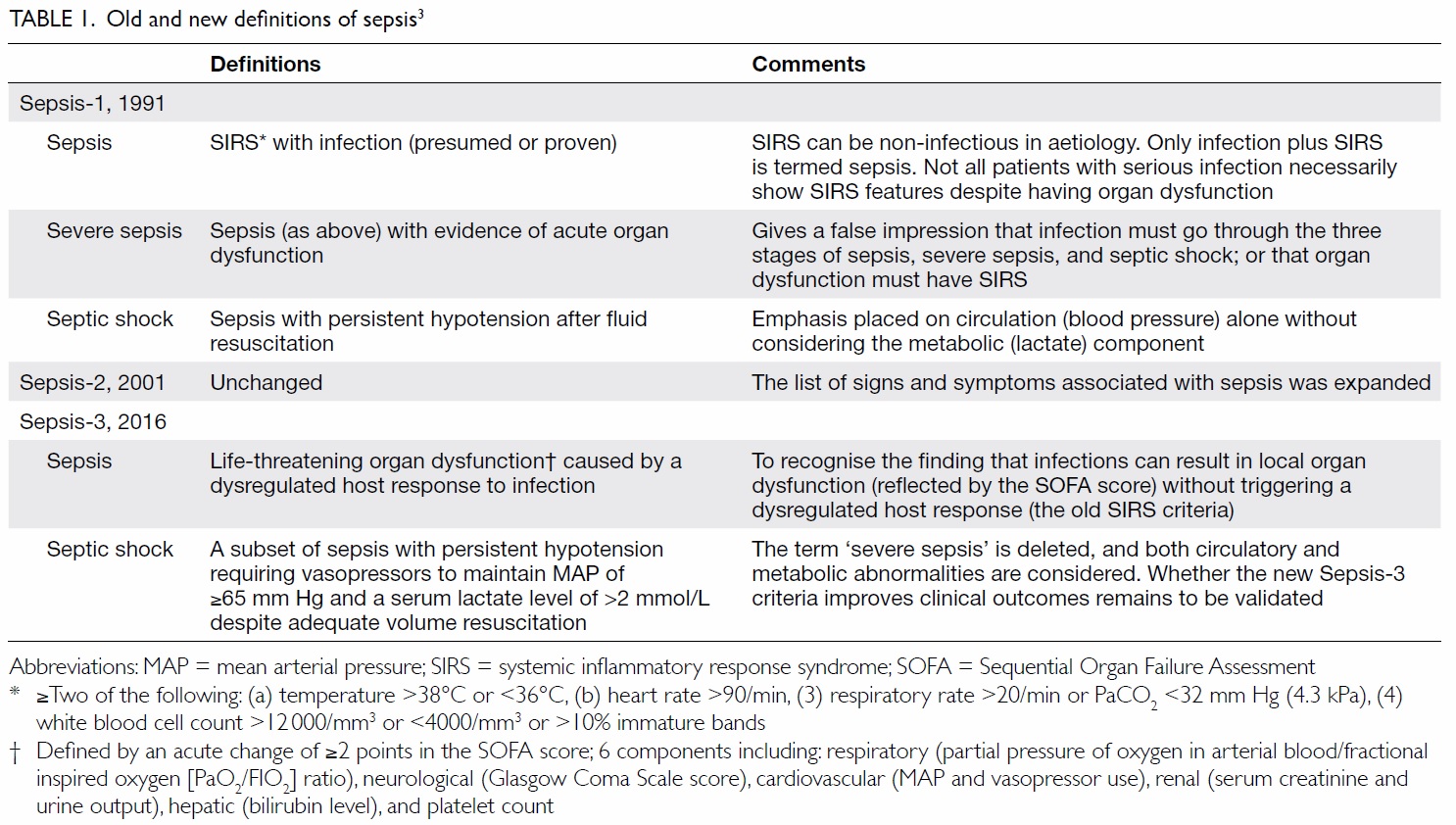Body septic infection. Sepsis: Understanding the Life-Threatening Response to Infection
What is sepsis and how does it affect the body. How is sepsis diagnosed and treated. Who is at higher risk of developing sepsis. What are the complications of sepsis. How can sepsis be prevented.
What is Sepsis? Unraveling the Complexities of a Severe Infection Response
Sepsis is a potentially life-threatening condition that occurs when the body’s response to infection spirals out of control. Rather than simply fighting off the invading pathogens, the immune system goes into overdrive, triggering widespread inflammation throughout the body. This excessive response can lead to tissue damage, organ failure, and in severe cases, death.
Often mistakenly referred to as “blood poisoning,” sepsis is not actually a poisoning of the blood. Instead, it’s a complex syndrome characterized by the body’s dysregulated response to an infection. This response can be triggered by various types of infections, including bacterial, viral, fungal, or parasitic.
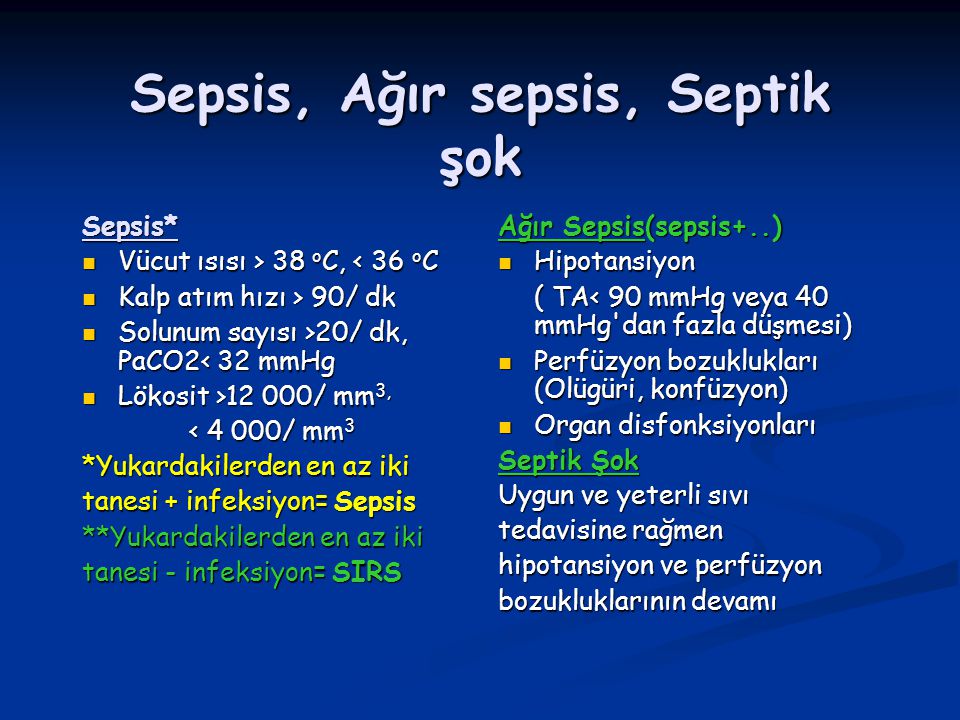
The Stages of Sepsis
Sepsis can progress through several stages, each more severe than the last:
- Sepsis: The initial stage, characterized by a confirmed infection and signs of systemic inflammation.
- Severe sepsis: When organ dysfunction begins to occur.
- Septic shock: The most critical stage, marked by a dangerous drop in blood pressure that can lead to multiple organ failure.
Understanding these stages is crucial for prompt diagnosis and treatment, as the progression of sepsis can be rapid and potentially fatal.
Recognizing Sepsis: Key Symptoms and Warning Signs
Identifying sepsis early is critical for successful treatment. However, the symptoms of sepsis can be varied and sometimes subtle, making diagnosis challenging. Some of the most common signs and symptoms include:
- Rapid breathing and heart rate
- Fever or low body temperature
- Confusion or disorientation
- Extreme pain or discomfort
- Clammy or sweaty skin
- Shortness of breath
Is there a quick way to remember the signs of sepsis? Yes, healthcare professionals often use the acronym TIME to help identify potential sepsis cases:

- T: Temperature (higher or lower than normal)
- I: Signs of Infection
- M: Mental decline (confusion, sleepy, difficult to rouse)
- E: Extremely ill (severe pain, discomfort, shortness of breath)
If a person exhibits two or more of these symptoms, especially in the presence of a known or suspected infection, immediate medical attention should be sought.
The Root Causes of Sepsis: Understanding the Triggers
While sepsis is always triggered by an infection, not all infections lead to sepsis. Various factors can increase the likelihood of an infection progressing to sepsis:
Common Infections Leading to Sepsis
- Pneumonia
- Urinary tract infections
- Skin infections
- Abdominal infections (e.g., appendicitis)
- Bloodstream infections (bacteremia)
Do certain types of pathogens cause sepsis more often than others? While any type of pathogen can potentially lead to sepsis, bacterial infections are the most common culprits. However, viral infections, such as severe cases of influenza or COVID-19, can also trigger sepsis.

Risk Factors for Developing Sepsis
Several factors can increase an individual’s risk of developing sepsis:
- Age: Very young children and older adults are at higher risk
- Weakened immune system: Due to conditions like HIV/AIDS, cancer, or immunosuppressive medications
- Chronic medical conditions: Such as diabetes, kidney disease, or liver disease
- Recent hospitalization or surgery
- Invasive medical devices: Such as catheters or breathing tubes
- Pregnancy and recent childbirth
Understanding these risk factors can help individuals and healthcare providers be more vigilant in monitoring for signs of sepsis, particularly in high-risk populations.
Diagnosing Sepsis: The Critical Role of Timely Detection
Diagnosing sepsis quickly is crucial for effective treatment. Healthcare providers use a combination of clinical observations, physical examinations, and laboratory tests to identify sepsis:
Clinical Observations and Physical Examination
Doctors will look for signs of infection and systemic inflammation, including:
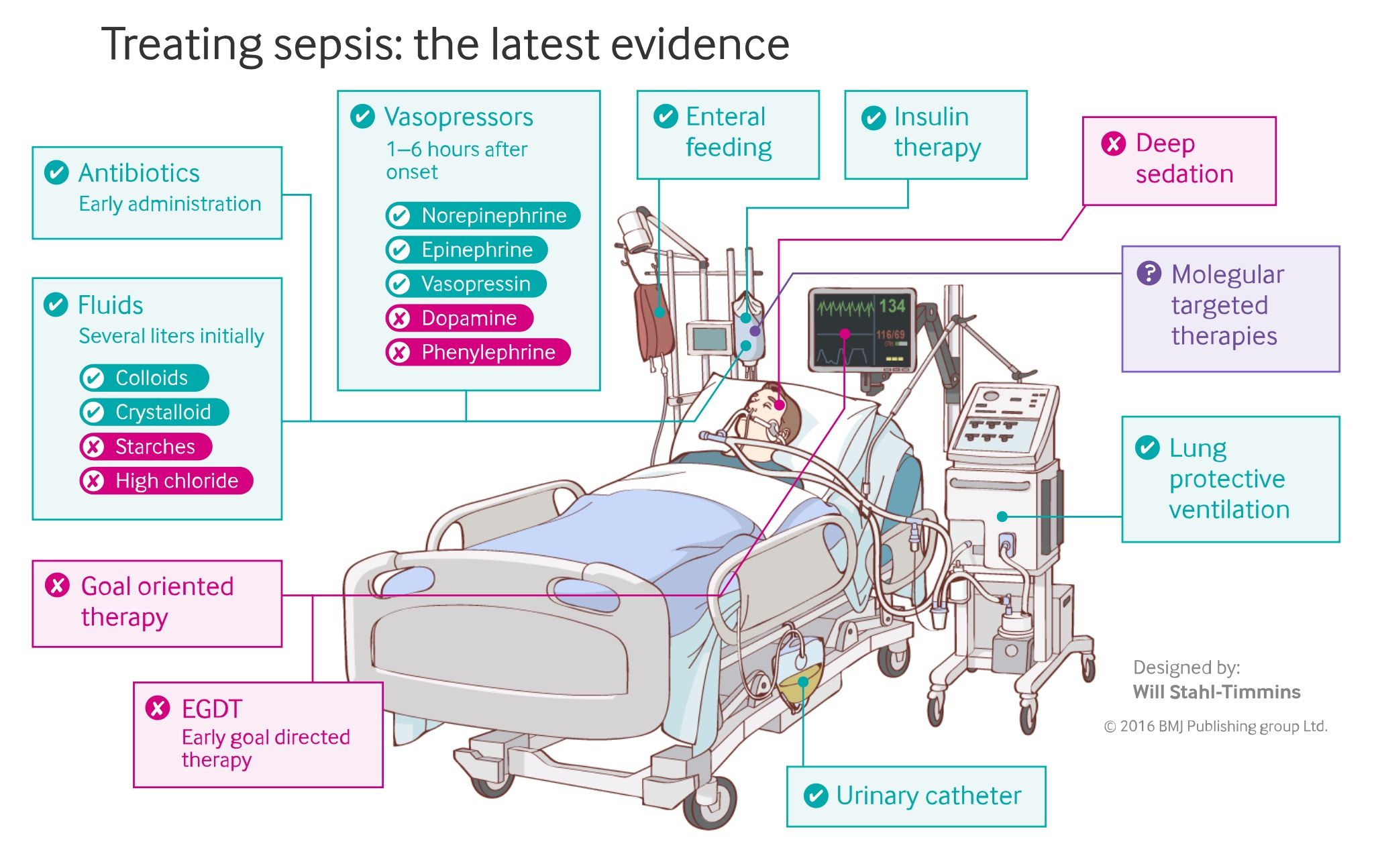
- Elevated heart rate and respiratory rate
- Abnormal body temperature
- Low blood pressure
- Signs of organ dysfunction
Laboratory Tests
Various tests may be conducted to confirm sepsis and assess its severity:
- Blood tests: To check for signs of infection, organ dysfunction, and abnormal clotting
- Blood cultures: To identify the specific pathogen causing the infection
- Urine tests: To check for urinary tract infections
- Imaging studies: Such as X-rays, CT scans, or MRIs to locate the source of infection
How quickly can sepsis be diagnosed? With modern diagnostic tools, sepsis can often be identified within a few hours. However, the challenge lies in recognizing the need for these tests in the first place, as the early symptoms of sepsis can be nonspecific.
Treating Sepsis: A Race Against Time
Once sepsis is diagnosed, treatment must begin immediately. The primary goals of sepsis treatment are to:
- Eliminate the underlying infection
- Support failing organs
- Prevent further complications
Antibiotic Therapy
Broad-spectrum antibiotics are typically administered intravenously as soon as sepsis is suspected, even before the specific pathogen is identified. Once the causative organism is determined through blood cultures, more targeted antibiotic therapy can be initiated.
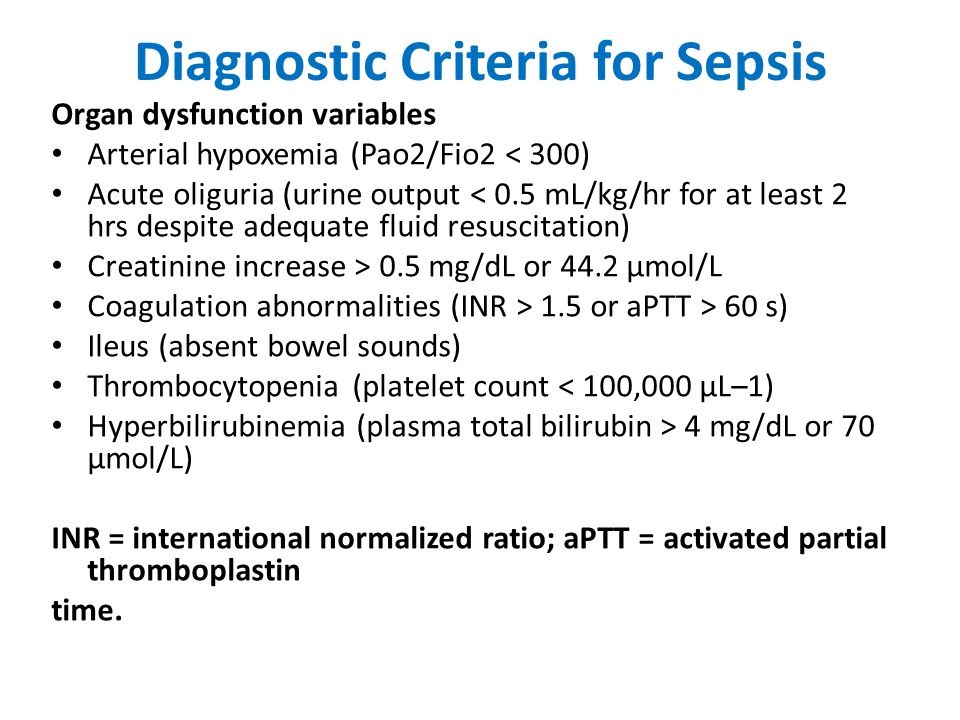
Supportive Care
Patients with sepsis often require intensive supportive care, which may include:
- Intravenous fluids to maintain blood pressure and organ function
- Oxygen therapy or mechanical ventilation for respiratory support
- Medications to increase blood pressure (vasopressors)
- Dialysis for kidney failure
- Blood transfusions if necessary
Additional Treatments
In some cases, additional interventions may be required:
- Corticosteroids to reduce inflammation
- Insulin to regulate blood sugar levels
- Surgery to remove infected tissue or drain abscesses
What is the survival rate for sepsis patients? The survival rate for sepsis varies depending on the severity of the condition and how quickly treatment is initiated. With prompt and appropriate treatment, the overall survival rate is about 60-80%. However, for patients who progress to septic shock, the mortality rate can be as high as 40-60%.
The Aftermath: Long-Term Effects and Complications of Sepsis
While surviving sepsis is a significant victory, many patients face long-term consequences even after recovery. These can include:
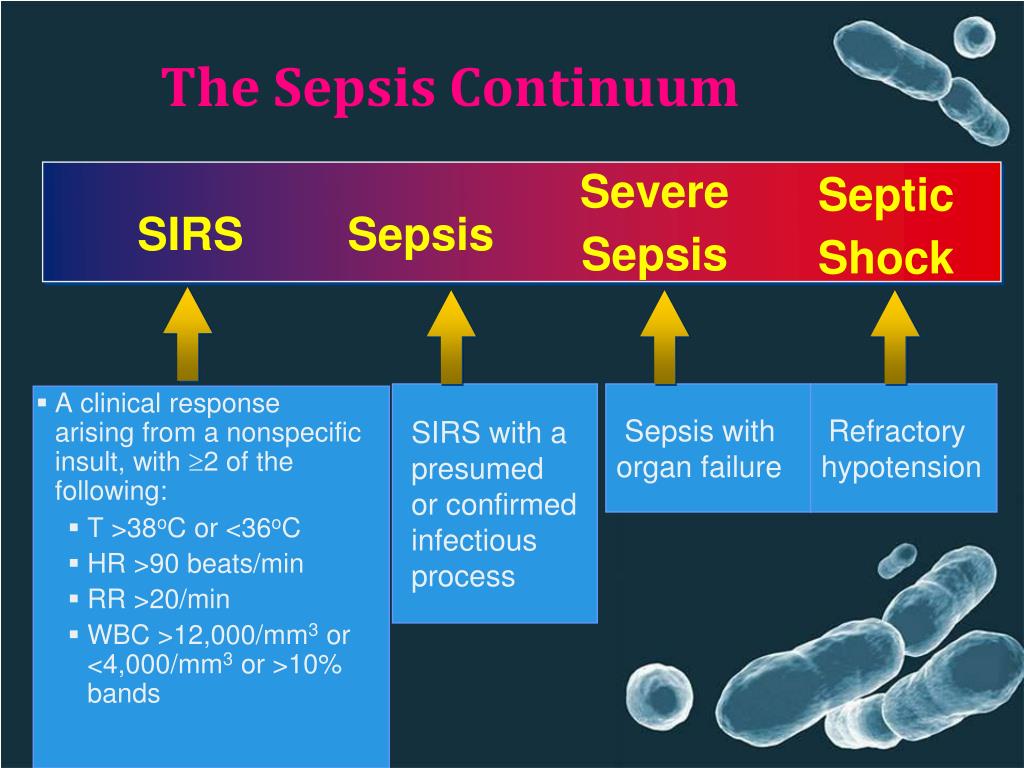
Physical Complications
- Organ damage: Particularly to the kidneys, lungs, and brain
- Amputations: Due to tissue death in extremities
- Chronic pain and fatigue
- Increased susceptibility to future infections
Cognitive and Psychological Effects
- Memory problems and cognitive impairment
- Depression and anxiety
- Post-traumatic stress disorder (PTSD)
Can the long-term effects of sepsis be mitigated? While some long-term effects may be permanent, early rehabilitation and ongoing medical care can significantly improve outcomes for sepsis survivors. This may include physical therapy, occupational therapy, and psychological support.
Preventing Sepsis: Strategies for Reducing Risk
While it’s not always possible to prevent sepsis, several strategies can reduce the risk of developing this life-threatening condition:
Infection Prevention
- Practice good hygiene: Regular handwashing is crucial
- Keep wounds clean and covered
- Stay up-to-date with vaccinations
- Manage chronic conditions effectively
Early Treatment of Infections
Prompt treatment of infections can prevent them from progressing to sepsis. Seek medical attention if you have:

- An infection that isn’t improving
- Worsening symptoms of an existing infection
- Signs of a new infection while recovering from another
Awareness and Education
Increasing public awareness about sepsis can lead to earlier recognition and treatment. Healthcare providers should be trained to recognize sepsis quickly, and patients should be educated about the signs and symptoms to watch for.
Is there a global initiative to combat sepsis? Yes, the World Health Organization (WHO) has recognized sepsis as a global health priority. In 2017, the World Health Assembly adopted a resolution on improving the prevention, diagnosis, and management of sepsis.
Sepsis Research: Advancing Our Understanding and Treatment
Ongoing research into sepsis is crucial for improving outcomes and reducing mortality rates. Current areas of focus include:
Biomarker Development
Researchers are working to identify specific biomarkers that can help diagnose sepsis earlier and more accurately. This could lead to faster initiation of treatment and better patient outcomes.
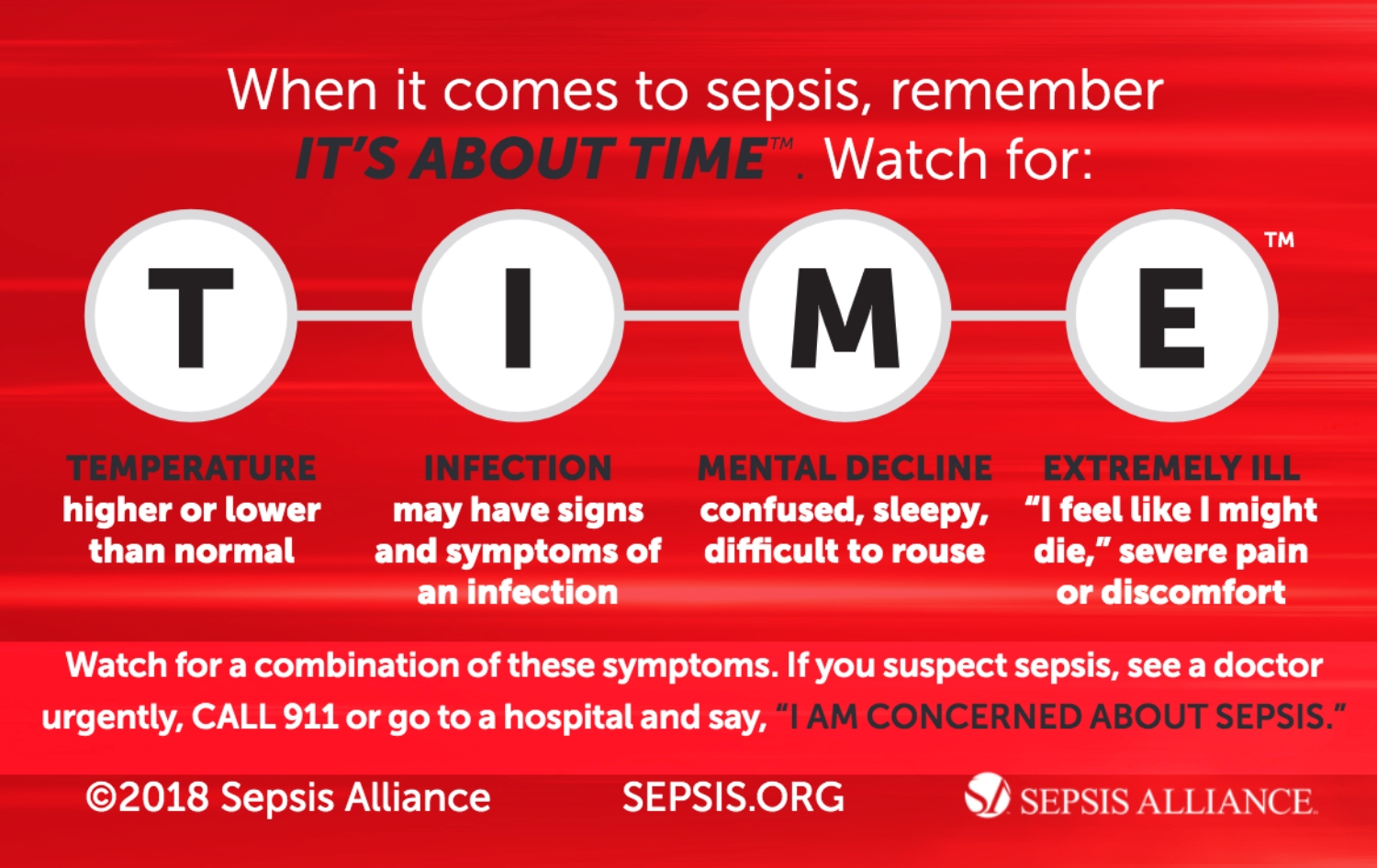
Immunomodulation Therapies
New treatments aimed at modulating the immune response in sepsis are being investigated. These therapies could potentially prevent the excessive inflammation that characterizes sepsis without compromising the body’s ability to fight infection.
Personalized Medicine Approaches
As our understanding of the genetic factors influencing sepsis susceptibility and progression improves, there’s potential for more personalized treatment strategies.
Artificial Intelligence in Sepsis Detection
Machine learning algorithms are being developed to analyze patient data and predict sepsis before clinical signs become apparent, potentially allowing for earlier intervention.
How close are we to a breakthrough in sepsis treatment? While significant progress has been made in understanding and treating sepsis, it remains a complex condition with many unknowns. Ongoing research holds promise for improved diagnostic tools and more effective treatments in the coming years.
In conclusion, sepsis remains a critical global health challenge, requiring ongoing efforts in prevention, early detection, and treatment. By increasing awareness, improving diagnostic capabilities, and advancing treatment strategies, we can hope to reduce the devastating impact of this life-threatening condition on individuals and healthcare systems worldwide.
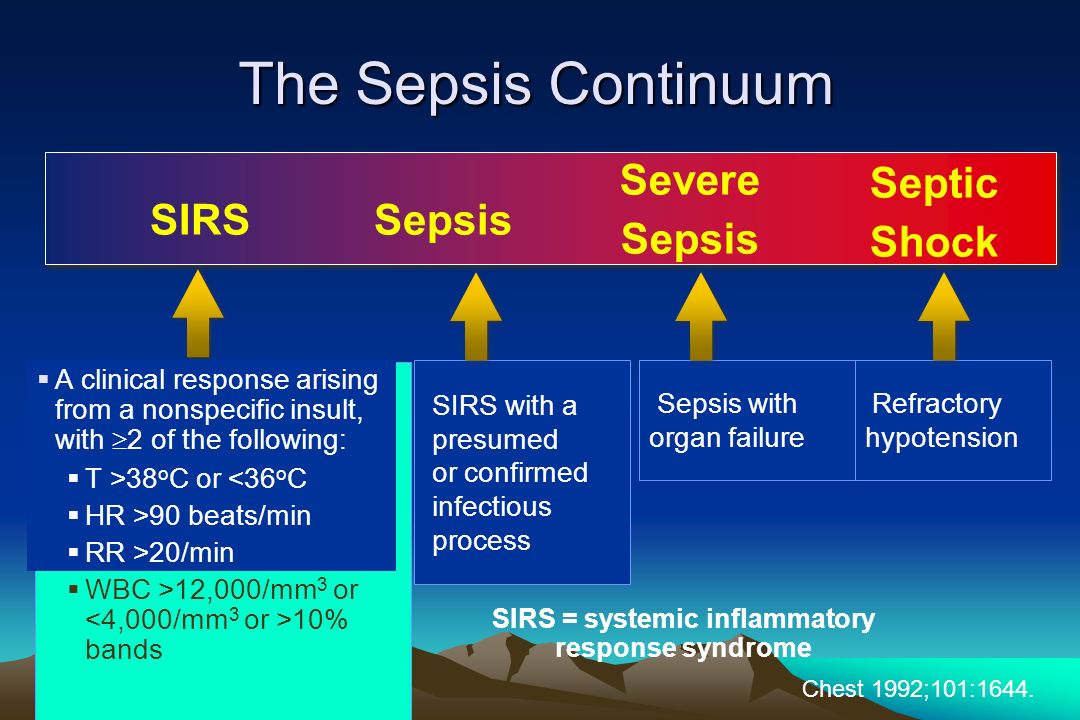
Sepsis (Blood Infection): Symptoms, Causes & Treatments
What Is Sepsis?
Sepsis is when your body has an unusually severe response to an infection. It’s sometimes called septicemia.
During sepsis, your immune system, which defends you from germs, releases a lot of chemicals into your blood. This triggers widespread inflammation that can lead to organ damage. Clots reduce blood flow to your limbs and internal organs, so they don’t get the nutrients and oxygen they need.
In severe cases, sepsis causes a dangerous drop in blood pressure. Doctors call this “septic shock.” It can quickly lead to organ failure, such as your lungs, kidneys, and liver. This can be deadly.
Sepsis Causes and Risk Factors
Bacterial infections are most often to blame for sepsis. But it can also happen because of other infections. It can begin anywhere bacteria, parasites, fungi, or viruses enter your body, even something as small as a hangnail.
An infection of the bone, called osteomyelitis, could lead to sepsis. In people who are hospitalized, bacteria may enter through IV lines, surgical wounds, urinary catheters, and bed sores.
In people who are hospitalized, bacteria may enter through IV lines, surgical wounds, urinary catheters, and bed sores.
Sepsis is more common in people who:
- Have weakened immune systems because of conditions like HIV or cancer or because they take drugs such as steroids or those that prevent rejection of transplanted organs
- Are pregnant
- Are very young
- Are elderly, especially if they have other health problems
- Were recently hospitalized or had major surgeries
- Use catheters or breathing tubes
- Have diabetes
- Have a serious medical condition such as appendicitis, pneumonia, meningitis, cirrhosis, or a urinary tract infection
Sepsis Symptoms
Because it can begin in different parts of your body, sepsis can have many different symptoms. The first signs may include rapid breathing and confusion. Other common symptoms include:
Sepsis Diagnosis
Your doctor will do a physical exam and run tests to look for things like:
Sepsis Treatment
Your doctor will probably keep you in the hospital’s intensive care unit (ICU).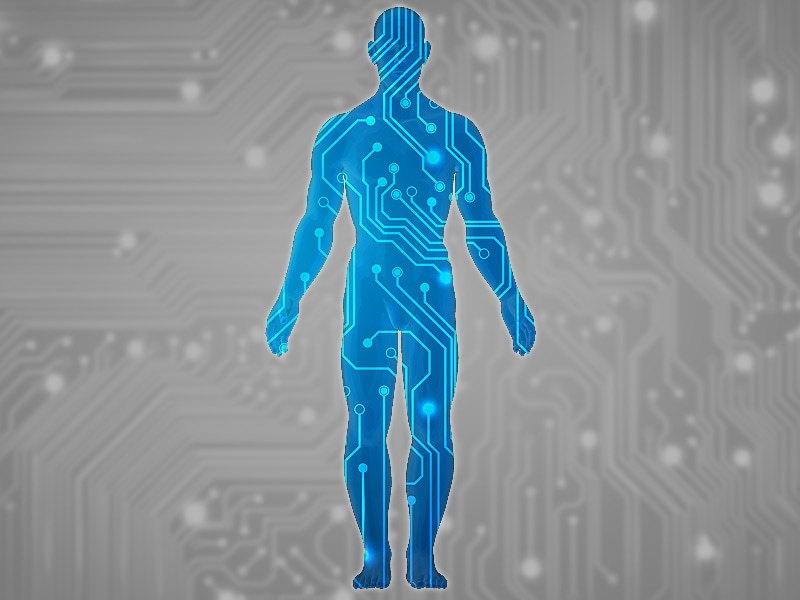 Your medical team will try to stop the infection, keep your organs working, and manage your blood pressure. IV fluids and extra oxygen can help with this.
Your medical team will try to stop the infection, keep your organs working, and manage your blood pressure. IV fluids and extra oxygen can help with this.
Broad-spectrum antibiotics may fight infections caused by bacteria early on. Once your doctor knows what’s causing your sepsis, they can give you medicine that targets that specific germ. Often, doctors prescribe vasopressors (which make your blood vessels narrow) to improve blood pressure. You could also get corticosteroids to fight inflammation or insulin to keep control of your blood sugar.
If your case is severe, you might need other types of treatment, like a breathing machine or kidney dialysis. Or you may need surgery to drain or clean out an infection.
Sepsis Complications
As sepsis gets worse, it causes more problems throughout your body. These may include:
- Kidney failure
- Dead tissue (gangrene) on fingers and toes, leading to amputation
- Lung, brain, or heart damage
- A higher risk of infections over time
Sepsis can be deadly in between 25% and 40% of cases.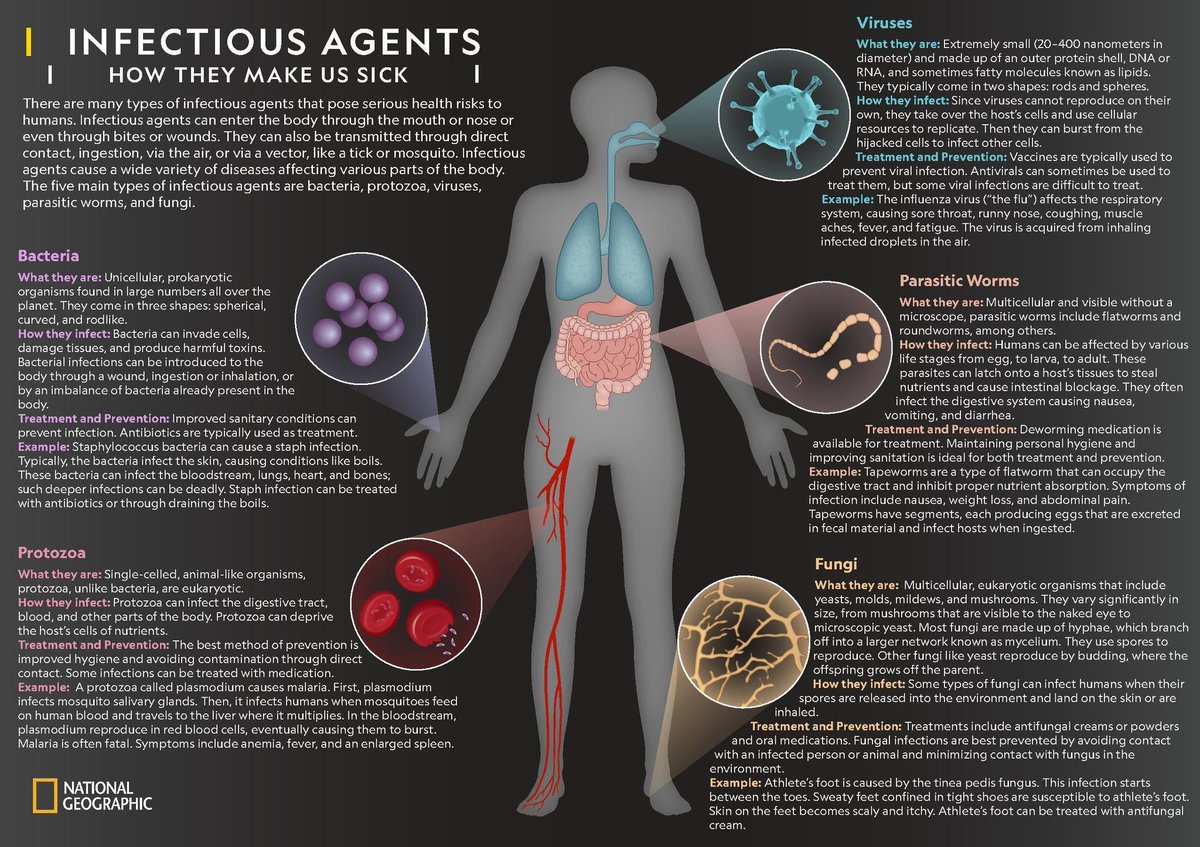
Sepsis Prevention
Preventing infection is the best way to prevent sepsis. Take these steps:
- Wash your hands often with soap and water for at least 20 seconds each time.
- Keep up with recommended vaccines for things like flu and chickenpox.
- Keep control of any chronic health conditions.
- If you have an injury that’s broken your skin, clean it as soon as possible. Keep it clean and covered as it heals, and watch for signs of infection.
- Treat any infections. Get medical care right away if they don’t get better or if they seem like they’re getting worse.
What Is Sepsis | Sepsis Alliance
Sepsis is the body’s overwhelming and life-threatening response to infection that can lead to tissue damage, organ failure, and death. In other words, it’s your body’s overactive and toxic response to an infection. Like strokes or heart attacks, sepsis is a medical emergency that requires rapid diagnosis and treatment. Sepsis can lead to severe sepsis and septic shock.
You may have heard the term “blood poisoning” used instead of sepsis. Blood poisoning is not an accurate description of sepsis. You can learn more about sepsis and blood poisoning here.
Your immune system usually works to fight any germs (bacteria, viruses, fungi, or parasites) to prevent infection. If an infection does occur, your immune system will try to fight it, although you may need help with medication such as antibiotics, antivirals, antifungals, and antiparasitics. However, for reasons researchers don’t understand, sometimes the immune system stops fighting the “invaders,” and begins to turn on itself. This is the start of sepsis.
Some people are at higher risk of developing sepsis because they are at higher risk of contracting an infection. These include the very young, the very old, those with chronic illnesses, and those with a weakened or impaired immune system.
Patients are diagnosed with sepsis when they develop a set of signs and symptoms related to sepsis. Sepsis is not diagnosed based on an infection itself. If you have more than one of the symptoms of sepsis, especially if there are signs of an infection or you fall into one of the higher risk groups, your doctor will likely suspect sepsis.
Sepsis is not diagnosed based on an infection itself. If you have more than one of the symptoms of sepsis, especially if there are signs of an infection or you fall into one of the higher risk groups, your doctor will likely suspect sepsis.
Sepsis progresses to severe sepsis when in addition to signs of sepsis, there are signs of organ dysfunction, such as difficulty breathing (problems with the lungs), low or no urine output (kidneys), abnormal liver tests (liver), and changes in mental status (brain). Nearly all patients with severe sepsis require treatment in an intensive care unit (ICU).
Septic shock is the most severe level and is diagnosed when your blood pressure drops to dangerous levels.
Sepsis is the number 1 cost of hospitalization in the U.S. Costs for acute sepsis hospitalization and skilled nursing are estimated to be $62 billion annually. This is only a portion of all sepsis-related costs, since there are substantial additional costs after discharge for many.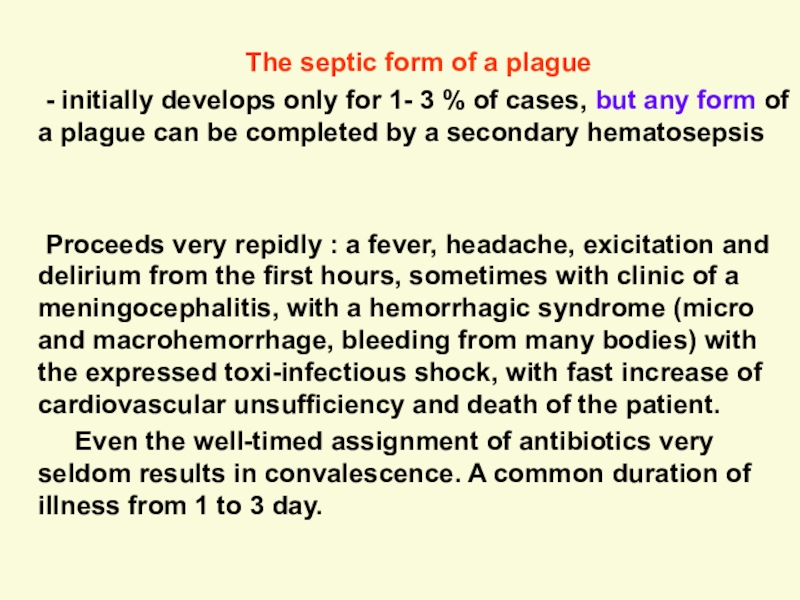
The average cost per hospital stay for sepsis is double the average cost per stay across all other conditions. And, sepsis is the primary cause of readmission to the hospital, costing more than $3.5 billion each year.
Studies investigating survival have reported slightly different numbers, but it appears that on average, approximately 30% of patients diagnosed with severe sepsis do not survive. Up to 50% of survivors suffer from post-sepsis syndrome. Until a cure for sepsis is found, early detection and treatment is essential for survival and limiting disability for survivors.
Updated August 2, 2021.
Sepsis and Septic Shock – Infections
-
Culture of a blood sample
-
Tests to find the source of infection (tests usually include chest x-rays and other imaging tests and cultures of fluid or tissue samples)
Doctors usually suspect sepsis when a person who has an infection suddenly develops a very high or low temperature, a rapid heart rate or breathing rate, or low blood pressure.
To confirm the diagnosis, doctors look for bacteria in the bloodstream (bacteremia), evidence of another infection that could be causing sepsis, and an abnormal number of white blood cells in a blood sample.
Samples of blood are taken to try to grow (culture) the bacteria in the laboratory (a 1- to 3-day process). However, if people have been taking antibiotics for their initial infection, bacteria may be present but may not grow in the culture. Sometimes catheters are removed from the body, and the tips are cut off and sent for culture. Finding bacteria in a catheter that had contact with the blood indicates that bacteria are probably in the bloodstream.
To check for other infections that may cause sepsis, doctors take samples of fluids or tissue, such as urine, cerebrospinal fluid, tissue from wounds, or sputum coughed up from the lungs. These samples are cultured and checked for bacteria.
Other tests are done to look for signs of organ malfunction and other complications of sepsis. They may include the following:
They may include the following:
-
Blood tests to measure levels of lactic acid and other metabolic waste products, which may be high, and the number of platelets (cells that help the blood clot), which may be low
-
Blood tests or a sensor placed on a finger (pulse oximetry) to measure oxygen levels in the blood and thus evaluate how well the lungs and blood vessels are functioning
-
Electrocardiography (ECG) to look for abnormalities in heart rhythm and thus determine whether the blood supply to the heart is adequate
-
Other tests to determine whether shock results from sepsis or another problem
Sepsis Explained – Water Quality and Health Council
Sepsis Explained
By Barbara M. Soule, RN, MPA, CIC, FSHEA, and Ralph Morris, MD, MPH
July 22, 2016
Sepsis is the body’s overwhelming and life-threatening response to infection. Sepsis causes inflammation throughout the body, which can lead to tissue damage, organ failure, and even death, according to the Centers for Disease Control and Prevention (CDC). Sepsis is a serious complication of septicemia, also known as bacteremia or blood poisoning. Septicemia occurs when a bacterial infection somewhere in the body (e.g., the skin, kidneys, urinary tract, abdominal area or lungs) spreads into the bloodstream.
Sepsis causes inflammation throughout the body, which can lead to tissue damage, organ failure, and even death, according to the Centers for Disease Control and Prevention (CDC). Sepsis is a serious complication of septicemia, also known as bacteremia or blood poisoning. Septicemia occurs when a bacterial infection somewhere in the body (e.g., the skin, kidneys, urinary tract, abdominal area or lungs) spreads into the bloodstream.
We recently wrote about human Vibrio infections from contaminated shellfish and coastal and especially brackish waters. Some Vibrio infections progress to sepsis, which is why we highlighted the Louisiana Department of Wildlife and Fisheries advisory that fishermen in saltwater carry with them “basic disinfectant (chlorine bleach mixed one part bleach to four parts fresh water1 or tincture of iodine, or antibiotic ointment) and use if skin is punctured while handling fishing tackle, bait or fish.”
According to the Mayo Clinic website, sepsis is diagnosed when at least two of the following signs accompany a probable or confirmed infection:
- Elevated body temperature of 101 degrees F (or greater) or a below normal body temperature of 8 degrees F (or less)
- Heart rate higher than 90 beats per minute
- Respiratory rate higher than 20 breaths per minute.

Severe sepsis is diagnosed with at least one more of the following, which indicate an organ may be failing:
- Significantly decreased urine output
- Abrupt change in mental status
- Decrease in platelet count
- Difficulty breathing
- Abnormal heart pumping function
- Abdominal pain
Toxins released into the bloodstream by some bacteria can cause extremely low blood pressure. Septic shock results when the patient does not respond to simple fluid replacement. Septic shock can lead to death. Whereas most people recover from mild sepsis, the Mayo Clinic website indicates a 50 percent mortality rate for septic shock. The image above, from the CDC Sepsis Fact Sheet, lists major strategies for preventing sepsis.
Who is Vulnerable to Sepsis?
Anyone can develop septicemia and sepsis, but according to the Mayo Clinic the most vulnerable include the very young and very old; patients taking immunosuppressive medications; cancer patients; long-term steroid users; people with long-standing diabetes, AIDS or cirrhosis; people with large burns or severe injuries; and people with infections, such as pneumonia, meningitis, cellulitis and urinary tract infections.
Sepsis Requires Treatment!
Sepsis is a medical emergency that requires treatment. There are more than one million cases of sepsis each year in the US. Sepsis can lead to septic shock and death; survivors of sepsis may suffer permanent organ damage and have to deal with life-changing health effects.
The CDC recommends calling your doctor or going to the emergency room immediately if you have any signs or symptoms of an infection or sepsis. CDC urges that you state, “I AM CONCERNED ABOUT SEPSIS” to ensure timely evaluation and treatment, which may include antibiotics, oxygen and intravenous fluids. The image below from the CDC Sepsis Fact Sheet may be helpful in determining when to seek medical attention. Forewarned is forearmed!
For more information on sepsis, please see www.cdc.gov/sepsis.
Barbara M. Soule, R.N. MPA, CIC, FSHEA is an Infection Preventionist and a member of the Water Quality & Health Council. Ralph Morris, MD, MPH, is a Physician and Preventive Medicine and Public Health official.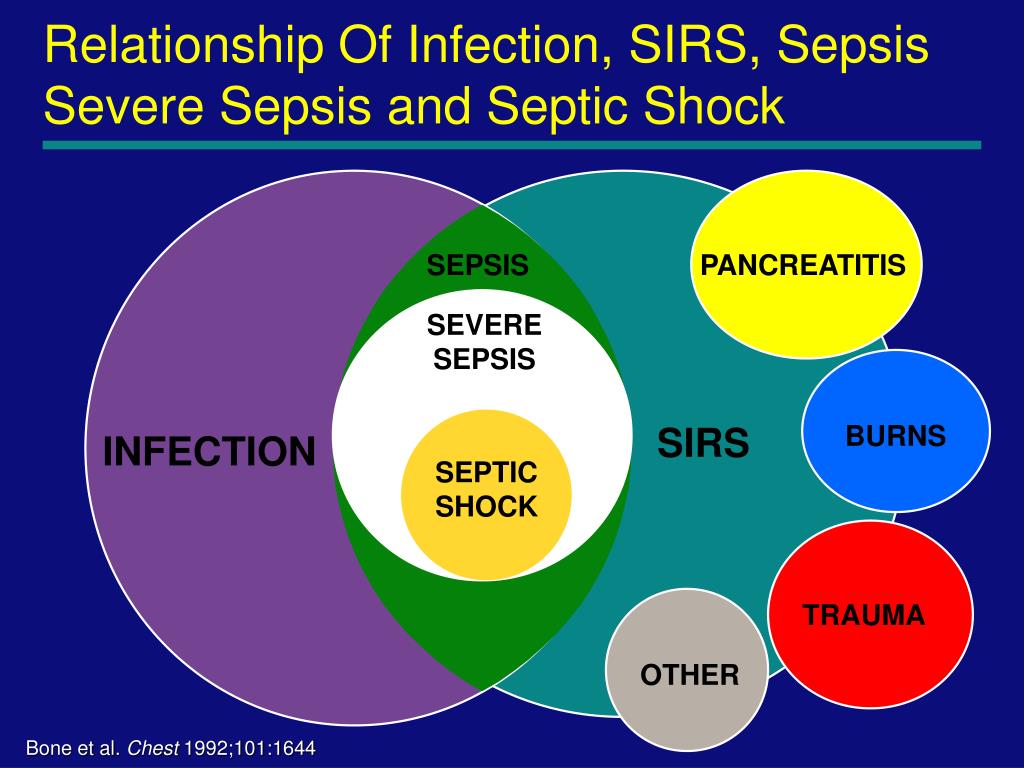
Click here to download this article.
1 Fishermen should prepare this solution daily, as bleach solutions weaken over time.
Sepsis From Intravenous (IV) Drug Use
While drug abuse of any kind can be dangerous, certain routes of administration can cause greater damage than others. Intravenous drug use, the act of injecting a water-soluble drug into one’s body, is one of the most invasive and dangerous ways an individual can administer a drug. Through continued use and repeated trauma to the injection site, IV drug abuse leads to many hazardous health effects, including sepsis.
What Is Sepsis?
While many people think sepsis is an infection itself, it’s actually a complication caused by an infection. As explained by Mayo Clinic, “sepsis occurs when chemicals are released into the bloodstream to fight the infection trigger inflammatory responses throughout the body.”
The type of infection which can cause sepsis varies. Sepsis is most heavily linked to bacteria, though certain forms of fungus or viruses may also cause it. Sepsis is commonly referred to as “blood poisoning,” as the bacteria or toxins produced by them overtake the bloodstream.
Sepsis is most heavily linked to bacteria, though certain forms of fungus or viruses may also cause it. Sepsis is commonly referred to as “blood poisoning,” as the bacteria or toxins produced by them overtake the bloodstream.
What Are The Stages Of Sepsis?
Mayo Clinic explains that sepsis is typically broken down into three stages:
Sepsis
Sepsis is diagnosed only when there is reasonable suspicion or verification of an infection, in addition to two of the following symptoms:
- Body temperature above 101 F (38.3 C) or below 96.8 F (36 C)
- Heart rate higher than 90 beats a minute
- Respiratory rate higher than 20 breaths a minute
Severe Sepsis
Within this state, a person must have one or more of the following symptoms:
- Improperly working heart
- Respiratory (breathing) struggles
- Pain in the abdomen
- Platelet count begins falling
- Rapidly altered mental states
- Urine production drastically drops
Any of these symptoms indicate potential organ failure.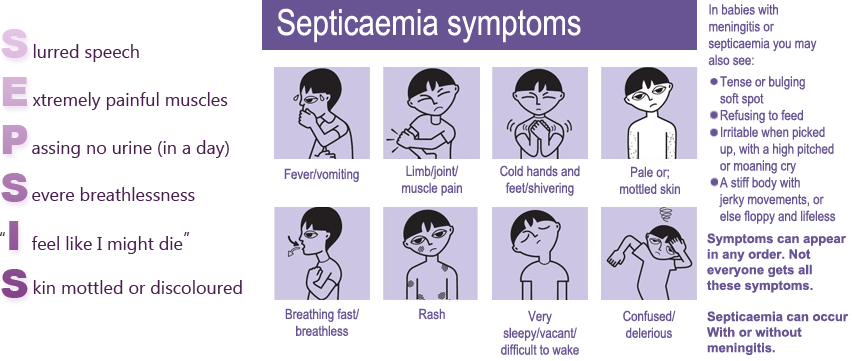
Septic Shock
As a person’s condition advances to this state, they will display the above signs and symptoms. But, in order to qualify as septic shock, a person’s blood pressure must remain low despite attempts to increase it with fluid replacement.
Sepsis becomes more dangerous as it progresses through these stages. To avoid the greatest danger, treatment should begin as early as possible.
How Does IV Drug Use Cause Sepsis?
Intravenous drug use can introduce numerous toxins and pathogens into a person’s veins and body at large, which pave the way for infection. Pathogens include bacteria, fungi, and viruses. Staphyloccus aureus, or MRSA as it’s better known to most of us, is the bacteria most frequently responsible for IV drug infections.
Transmission of these pathogens often occurs due to improper and unhygienic handling of needles. As a person becomes addicted, the need to use becomes so intense that they disregard their health. Because of this, some users share needles.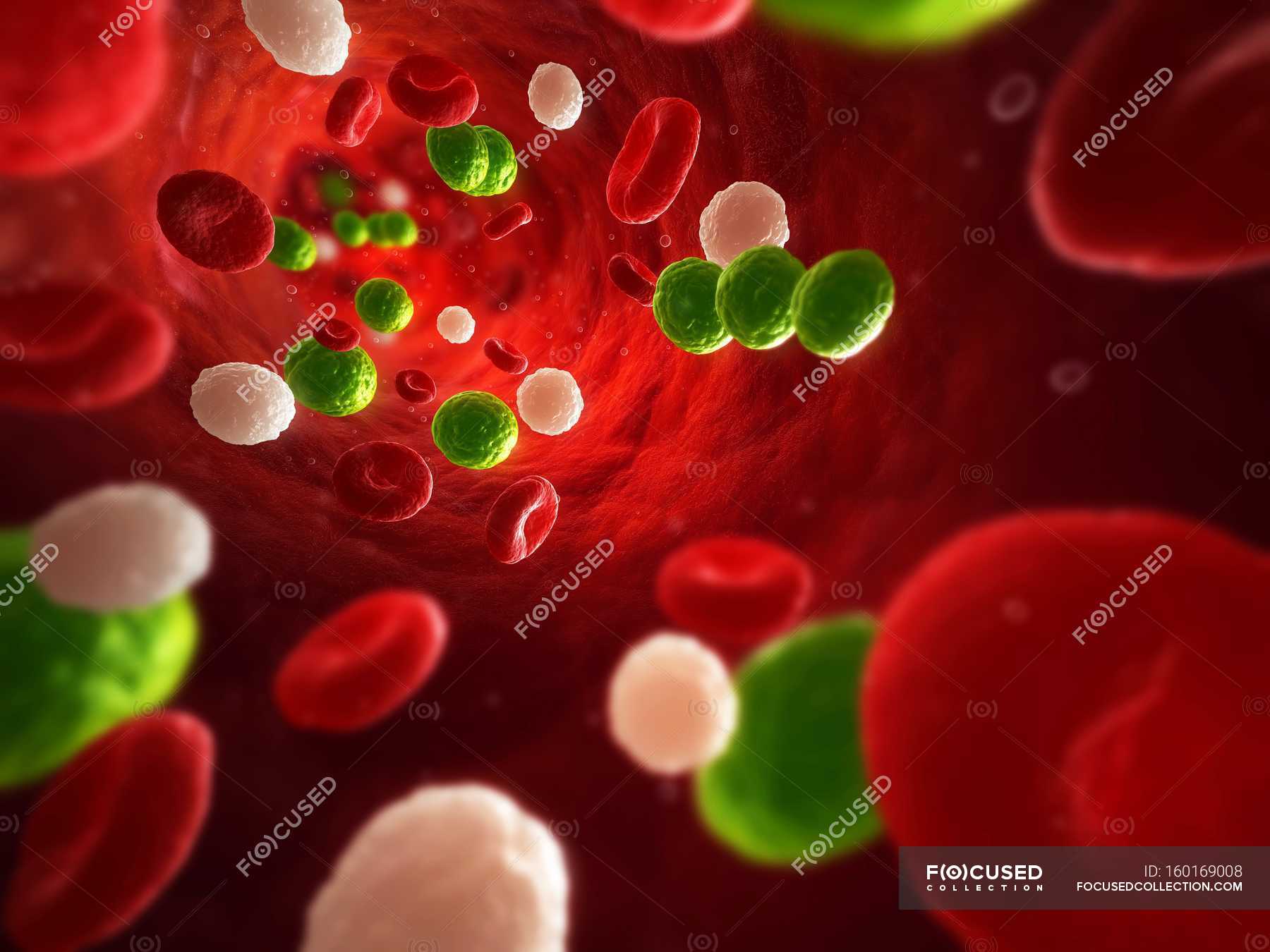 This behavior increases the risk that a pathogen will be transmitted by blood-to-blood contact.
This behavior increases the risk that a pathogen will be transmitted by blood-to-blood contact.
Even if you never share needles, you could still be at risk. Far too many drug abusers repeatedly use the same syringe. Doing so allows bacteria to grow on the needle, which could then be transmitted into your tissue and blood. Even with new needles, a person can still get an infection if they don’t properly clean the injection site. Research has found that bacteria from a person’s skin presents a greater risk than that which is present on shared needles.
Intravenous injection requires a vein, which leaves drug abusers with only so many options. Because of this, many users will repeatedly inject at the same site. This can create abscesses, track marks, or ulcers, all of which can lead to serious infection. Sometimes, a user will actually miss the vein and inject the drug into their muscle or right under the skin, raising the risk of infection in these regions. Lastly, it’s suspected that using black tar heroin increases a user’s risk of infection.
What Types Of IV Drug-Related Illness Or Disease Cause Sepsis?
Intravenous drug abuse causes a range of infections, many of which can become deadly. One of the biggest reasons why these infections endanger a person’s life is because they cause sepsis.
The following infections can lead to sepsis:
- Cellulitis: This infection affects both the skin and underlying tissue, and can spread outwards across the limb.
- Endocarditis: This occurs when bacteria, fungus, or viruses cause an infection within your heart’s inner lining and valves.
- Necrotizing fasciitis: Often referred to as the “flesh-eating disease,” this rare but serious infection is extremely aggressive and causes your body’s soft tissues to die.
Whether you inject sporadically or chronically, you’re exposing yourself to danger. While it’s true that prolonged and chronic use increases your risk over time, it is possible to contract an infection from even one use.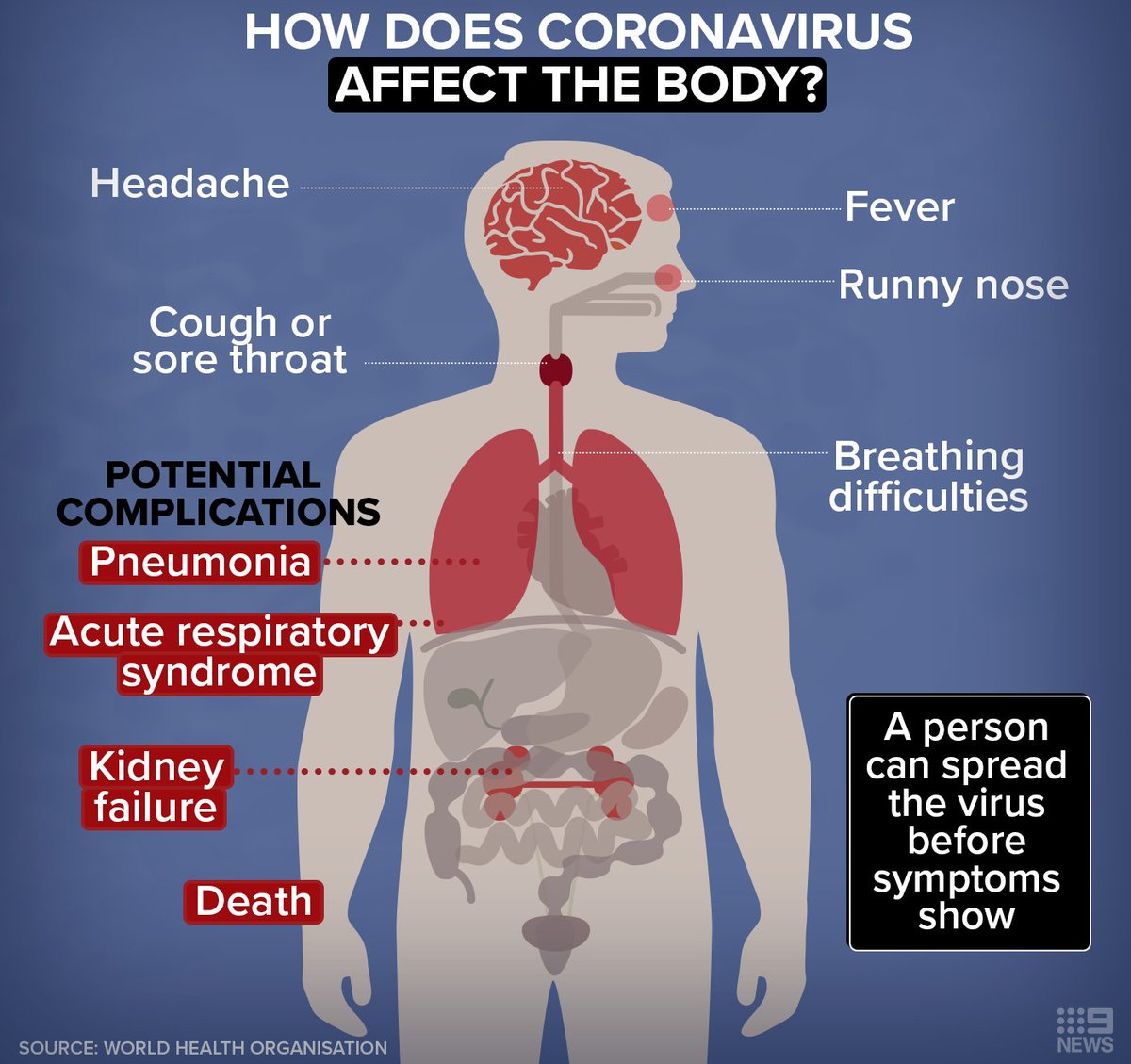
What Are The Complications And Dangers Of Sepsis?
Sepsis poisons your blood and body. The more time that passes without treatment, the greater the risk of complications and fatality. Sepsis can become so severe that your organs struggle to function properly. This can lead to organ damage and/or failure. Combined with the dangers of the infections themselves, these effects even further increase the risk of death.
A person’s veins can become septic and develop blood clots, inflammation, and bacteria throughout. Injecting into the jugular or other central veins increases this risk. These states could develop into sepsis and septic emboli (bacteria and pus-filled embolisms), both of which can be life-threatening conditions.
As outlined by the Sepsis Alliance, individuals who recover from sepsis often face serious long-term effects, such as:
- Amputated limbs
- Chronic pain
- Chronic fatigue
- Post-traumatic stress disorder (PTSD)
- Organ dysfunction
How Is Sepsis Treated?
If you suspect you have or are developing sepsis, seek medical help immediately. Left untreated, sepsis can progress rapidly to the point of threatening your life. As soon as you seek treatment, medical staff will likely administer a broad-spectrum antibiotic. This medication can address various types of infection and the bacteria which cause them. Once tests determine the specific bacteria, a more focused antibiotic may be used.
Left untreated, sepsis can progress rapidly to the point of threatening your life. As soon as you seek treatment, medical staff will likely administer a broad-spectrum antibiotic. This medication can address various types of infection and the bacteria which cause them. Once tests determine the specific bacteria, a more focused antibiotic may be used.
Through these stages, Mayo writes that other treatments may be initiated, such as:
- Corticosteroids
- Drugs to stabilize the immune system
- Insulin (to stabilize blood sugar)
- IV fluids
- Oxygen
- Painkillers (staff should proceed accordingly with opioid-addicted individuals)
- Sedatives
- Vasopressor medication to raise blood pressure
Advanced stages of sepsis may require:
- Breathing support
- Kidney dialysis
- Surgery
Mayo Clinic cautions that “people with severe sepsis require close monitoring and treatment in a hospital intensive care unit. If you have severe sepsis or septic shock, lifesaving measures may be needed to stabilize breathing and heart function.”
If you have severe sepsis or septic shock, lifesaving measures may be needed to stabilize breathing and heart function.”
While sepsis can be treated, we urge you to consider preventative measures to avoid this risk. Effective drug rehab can help you to overcome your IV drug addiction. Here you’ll encounter counseling, behavioral therapies, and if needed, medication-assisted treatment. Along with other dynamic modalities, these things can help you overcome your addiction.
Don’t Let IV Drug Abuse Destroy Your Health Or Claim Your Life
Contact Vertava Health today if your or a loved one is struggling with an addiction to drugs or alcohol. Our treatment specialists can help find a program that is tailored to your needs. If you suspect that yourself or a loved one may have sepsis or another serious infection as a result of intravenous drug use contact your doctor or go to a hospital immediately.
Sepsis: The Common Cause of Death You’ve Never Heard Of
Charles Summerour was traveling for business when he acquired an everyday infection that almost killed him.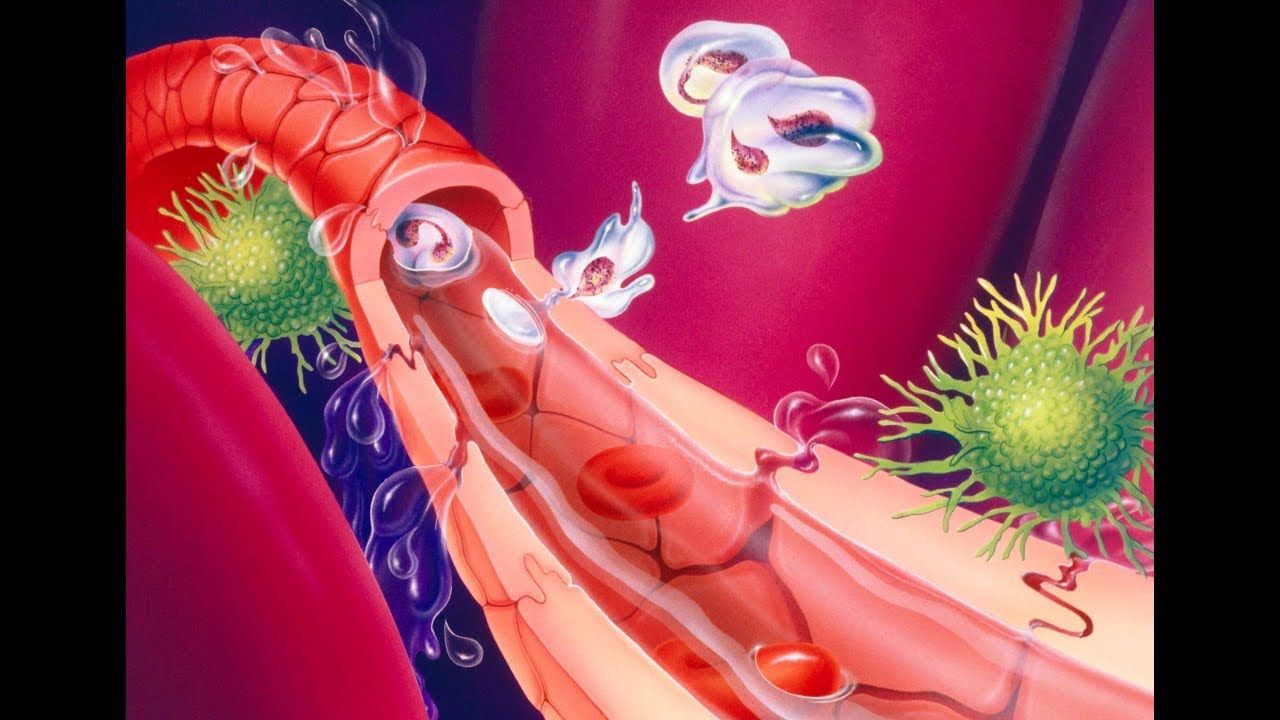
After initially ignoring the symptoms of what turned out to be a urinary tract infection (UTI), the 54-year-old journalist began to feel markedly worse as the day wore on. He sought medical attention from a doctor, who promptly sent him to the hospital.
Within hours of being admitted, Summerour’s blood pressure had dropped to dangerous levels, his kidneys were failing and his body was slipping into a little-known but very deadly condition called septic shock.
What Is Sepsis?
Caused by the body’s exaggerated immune response to an infection, sepsis is the most common cause of death in hospitalized patients in the United States. This condition is also referred to as blood poisoning and septicemia. According to the Centers for Disease Control and Prevention (CDC), the number of people hospitalized with sepsis has more than doubled over an eight-year period.
The human body is constantly bombarded with potentially infectious viruses and bacteria, and people with healthy immune systems are usually able to fight off these microbes with little effort.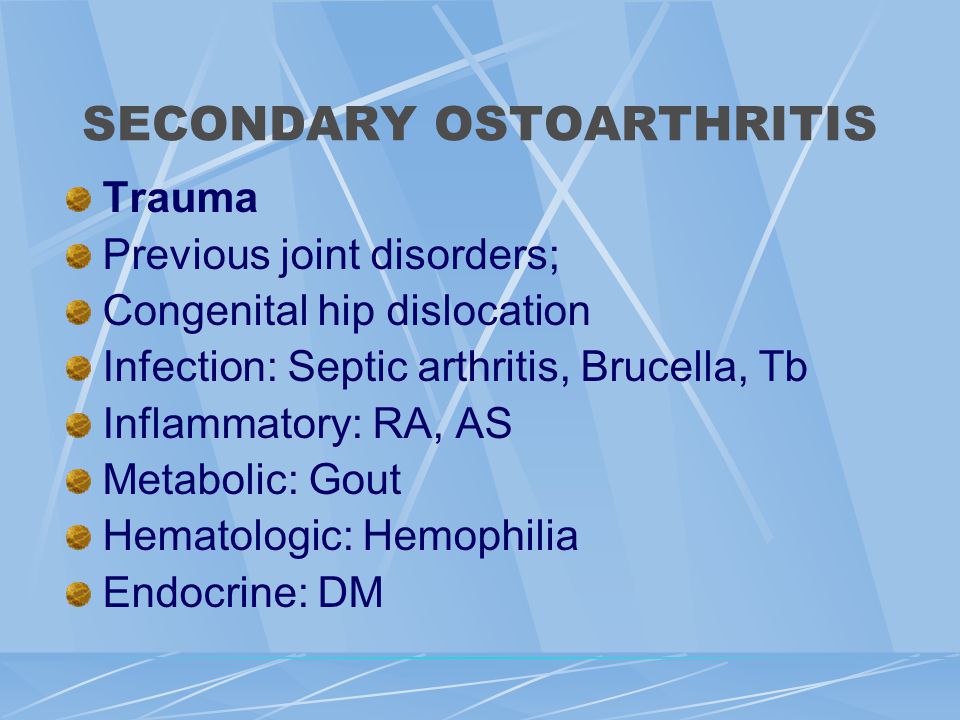 But, when an infection isn’t subdued quickly enough, the immune system can kick into a dangerous state of overdrive, causing the body to injure itself in an attempt to get rid of invaders. If left too long, sepsis can escalate into a fatal condition called septic shock, which is marked by extensive tissue damage and organ failure.
But, when an infection isn’t subdued quickly enough, the immune system can kick into a dangerous state of overdrive, causing the body to injure itself in an attempt to get rid of invaders. If left too long, sepsis can escalate into a fatal condition called septic shock, which is marked by extensive tissue damage and organ failure.
Anyone can develop sepsis at any age. It can start off as practically anything, including a case of the flu, pneumonia, a sinus infection, a UTI, or an infected bug bite or cut. What is scary is that these seemingly minor ailments can develop into sepsis in a matter of mere hours. According to Martin Doerfler, MD, senior vice president of clinical strategy and development at Northwell Health’s Center for Learning and Innovation in New York, at least 50 percent of people who go into septic shock do not survive.
Browse Our Free
Senior Care Guides
The Importance of Spreading Awareness
Even though it kills between 150,000 and 300,000 people in the U. S. every year, only about one-third of Americans have ever heard of sepsis. Spreading awareness is crucial because it can develop and become life-threatening in such a short period of time.
S. every year, only about one-third of Americans have ever heard of sepsis. Spreading awareness is crucial because it can develop and become life-threatening in such a short period of time.
In fact, Summerour had no idea what it was that nearly ended his life until he got home from the hospital. “The doctors called it an infection. They said my immune system had become compromised, but they didn’t really put a name to it,” he recalls.
One of the biggest challenges to diagnosis and treatment is the ambiguous nature of the condition. “Sepsis is a very nondescript problem, and it may not jump into a physician’s mind initially,” Dr. Doerfler admits. Some of the more common initial symptoms of sepsis include fever, elevated heart rate and rapid breathing.
Early diagnosis and treatment are paramount, but the preliminary signs of sepsis are also common in many other medical conditions. Therefore, medical professionals can have a difficult time making a definitive diagnosis before a patient begins experiencing severe symptoms, such as confusion, difficulty breathing and a serious drop in blood pressure.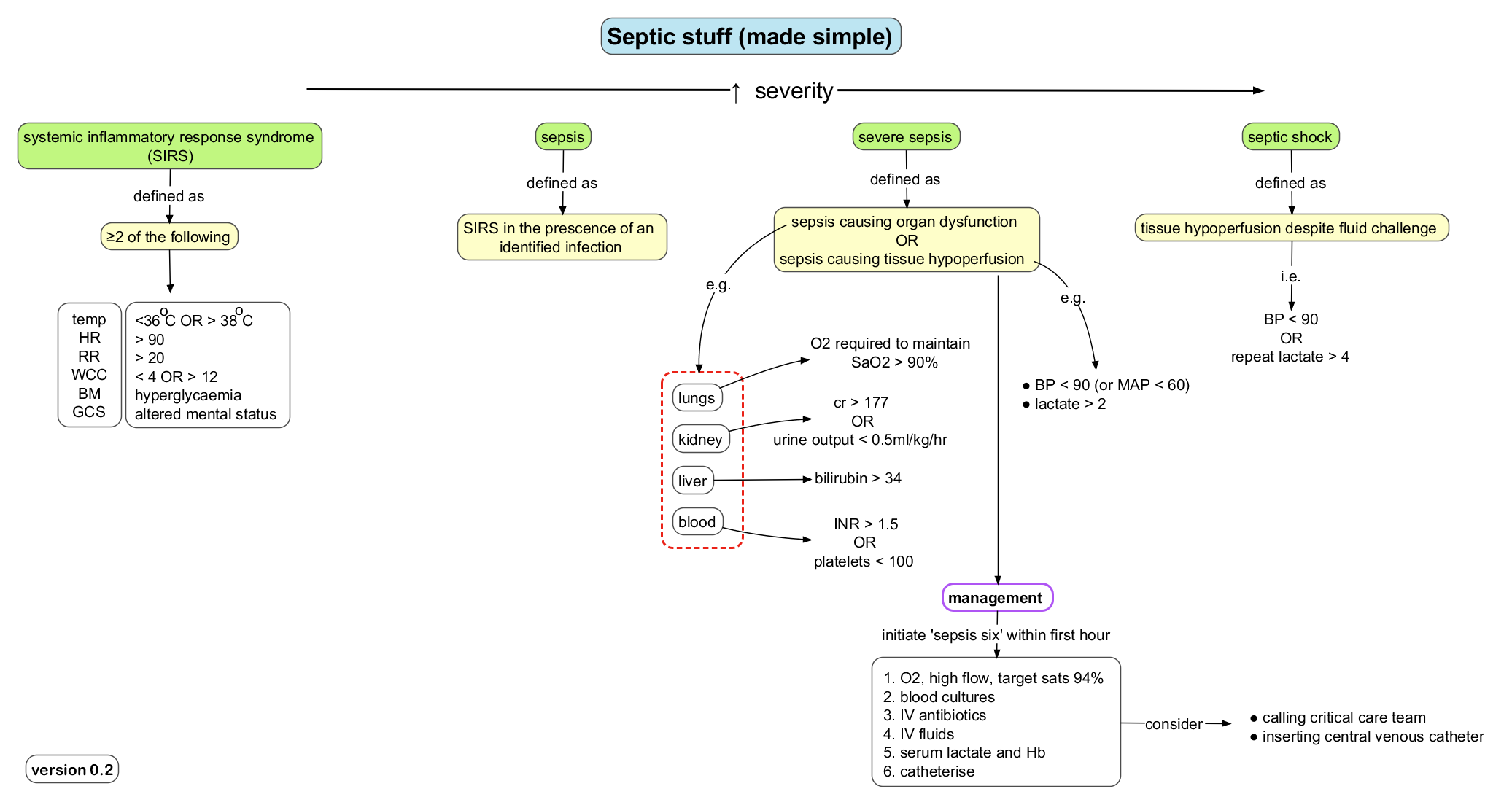
Seniors Are at Greater Risk of Sepsis
Seniors are more vulnerable to the damaging effects of sepsis due to reduced immune function that occurs with age. Older individuals are also more likely to have chronic medical conditions, such as diabetes, cancer, and liver or kidney disease, that can further affect immune responses. For example, diabetics are more susceptible because their condition causes them to develop sores and wounds that heal slowly and are prone to infection.
Furthermore, seniors make more frequent visits to health care settings, where the risk of developing an infection is increased. “The more you encounter the health care system, the more exposure you have to infectious viruses and bacteria,” Dr. Doerfler points out. Any surgery, no matter how minor, increases a person’s risk for becoming septic, as does the insertion of medical devices like catheters, feeding tubes and IVs.
Even if an elder survives a systematic attack, they are likely to live with lasting consequences. Summerour’s brush with sepsis left him with stage 3 kidney failure. Even though he says his experience caused a lot of changes in his life, he knows that many people do not fare as well. It is this knowledge that convinced him to become a speaker and advocate for the Sepsis Alliance, a nationwide charity dedicated to raising awareness of the disease.
Summerour’s brush with sepsis left him with stage 3 kidney failure. Even though he says his experience caused a lot of changes in his life, he knows that many people do not fare as well. It is this knowledge that convinced him to become a speaker and advocate for the Sepsis Alliance, a nationwide charity dedicated to raising awareness of the disease.
Organ failure and amputation are some of the more common effects of sepsis, but older adults may also suffer serious cognitive issues afterwards. A University of Michigan study shows that 60 percent of seniors who were hospitalized for severe sepsis experienced significant declines in physical and/or mental ability even after they recovered from their underlying infections. Study authors estimate that this finding translates into 20,000 new dementia cases in elderly Americans every year.
How to Protect Loved Ones from Sepsis
There are two key ways to protect your loved ones and yourself from sepsis. The first is using consistent preventative measures to avoid contracting and spreading illnesses and infections. This includes receiving all recommended vaccines, including a flu shot each year, adhering to excellent hand-washing and hygiene practices and leading a healthy lifestyle for a strong immune system.
This includes receiving all recommended vaccines, including a flu shot each year, adhering to excellent hand-washing and hygiene practices and leading a healthy lifestyle for a strong immune system.
The second component of protection consists of education and advocacy. If you or a loved one falls ill, it is crucial to know what signs of sepsis to look for and not be afraid to speak up and seek immediate medical help. Every hour that a person with sepsis goes without treatment, their risk of death increases by eight percent.
Dr. Doerfler says the symptoms of sepsis can be ambiguous, but if your loved one has signs of an infection and begins acting abnormally confused or tired, the safest bet is to go to the hospital. He stresses that a change in mental state is a clear indicator that a person needs immediate medical attention, whether it is due to sepsis or another medical issue. A confused senior may be more resistant to going to the hospital, but if sepsis is suspected, their objections should be overruled.
The Sepsis Alliance offers the following acronym to help the public easily remember the telltale symptoms of sepsis:
- Shivering due to a fever over 101° F or a body temperature below 98.6° F
- Extreme pain or general discomfort
- Pale or discolored skin
- Sleepiness, confusion or changes in consciousness
- “I feel like I might die” and other similar remarks from a patient
- Shortness of breath
If you notice a combination of any of these symptoms in a loved one, call 911 or seek immediate medical treatment at the nearest emergency room. Be sure to tell the triage nurse and other medical professionals that you suspect sepsis. Nurses and doctors aren’t likely to arrive at this conclusion initially, which is why both Dr. Doerfler and Summerour say it’s a good idea for caregivers to give hospital staff a nudge in that direction.
“You need to advocate and speak up for seniors who can’t speak for themselves,” says Summerour. “Don’t be afraid to be a little bit pushy.”
“Don’t be afraid to be a little bit pushy.”
Source: Centers for Disease Control and Prevention (https://www.cdc.gov/sepsis/index.html)
Sepsis in Infants & Children
By: Sylvia Owusu-Ansah MD, MPH, FAAP
Anyone can get an infection, and almost any infection can lead to sepsis—the body’s extreme response to an infection. Without timely treatment, sepsis (sometimes called septicaemia or septicemia) can rapidly lead to tissue damage, organ failure, and death.
Sepsis can affect anyone at any time, but it does tend to strike the very old and the very young. Children, particularly newborns and young infants, can be more susceptible to developing sepsis. Those with underlying health problems are also at a higher risk.
Each year in the U.S., more than 75,000 infants and children develop severe sepsis. Almost 7,000 of these children die—more deaths than children who die from cancer.
Be Alert to the Signs & Symptoms of Sepsis:
Detecting sepsis early and starting immediate treatment is often the difference between life and death. Parents and caregivers must seek immediate medical care if they suspect their child has an infection that is not improving or is getting worse. Sepsis may have been preceded by an infection such as a urinary tract infection, pneumonia, or a skin or bone infection.
Parents and caregivers must seek immediate medical care if they suspect their child has an infection that is not improving or is getting worse. Sepsis may have been preceded by an infection such as a urinary tract infection, pneumonia, or a skin or bone infection.
The signs and symptoms of sepsis can include a combination of any of the following:
Fever or low temperature (newborns and infants may have low temperature)
Fast heart rate
Fast breathing
Feeling cold/cold hands and feet
Clammy and pale skin
Confusion, dizziness or disorientation
Shortness of breath
Extreme pain or discomfort
Nausea and vomiting
Important Note: Many of these signs and symptoms alone are common in babies and children when they are sick. Most of the time, they do not have sepsis. However, when more than one of these signs and symptoms happen together, or when a baby or child just seems sicker than usual—you should seek medical help. If your baby or child’s skin is cold, pale, or has developed strange colors or markings; if your baby or child has become unresponsive or is struggling to breathe; or if your baby has dry diapers for more than 12 hours—you should take him or her to the emergency room without delay.
If your baby or child’s skin is cold, pale, or has developed strange colors or markings; if your baby or child has become unresponsive or is struggling to breathe; or if your baby has dry diapers for more than 12 hours—you should take him or her to the emergency room without delay.
How Is Sepsis Treated?
Sepsis, or even suspected cases of sepsis, are treated in the hospital. Often, babies and children will need care in an intensive care unit (ICU). Fighting the infection is an emergency. Doctors and nurses will give IV antibiotics to fight the infection. Many other things may be needed to fight sepsis—IV fluids, special heart and/or blood pressure medications, and medications to keep children calm and comfortable. In some cases, children may need a ventilator to help with breathing.
You might hear the term “sepsis work-up.”
“Sepsis work-up” refers to the combination of tests used to diagnose the specific cause of a child’s infection. It is important to figure out what type of virus or bacteria is causing the infection. The sepsis work-up may include testing blood, urine, and spinal fluid; an x-ray or an ultrasound test may also be included.
The sepsis work-up may include testing blood, urine, and spinal fluid; an x-ray or an ultrasound test may also be included.
Neonatal Sepsis:
When a child develops sepsis within a few months of birth (up to 90 days), it is called neonatal sepsis. If the sepsis develops within the first hours or days after birth, it is called early onset sepsis. Sepsis that develops after the baby is 1 week old is called late-onset neonatal sepsis. Premature infants develop sepsis more often than infants who are born on time.
Sepsis in Older Children:
As children get older, their exposure to illness can increase as they attend child care, go to school, and participate in activities, such as sports. Children, like adults, can develop bacterial infections such as urinary tract infections, skin infections, pneumonia, appendicitis, and meningitis. Left untreated, these can all lead to sepsis.
What to Expect in the Hospital:
Most sepsis patients are admitted to the hospital. Babies and children who are extremely sick may be cared for in the hospital ICU.
Babies and children who are extremely sick may be cared for in the hospital ICU.
Babies and children will need to have IV’s placed to give fluid and medications. They will have needle sticks for blood tests. Depending on their age, a soft tube or a needle might be needed to get urine for testing. To test spinal fluid, the baby or child may also need a spinal tap. This involves placing a hollow needle in the back to take a small sample of spinal fluid—the fluid that surrounds the spinal cord and brain. Testing the spinal fluid is important to determine the baby or child has meningitis. On occasion, surgery may be required for those who have surgical infections leading to sepsis such as a severe skin or bone infection or appendicitis.
Parents and Caregivers Can Help Stop This Medical Emergency in Its Tracks.
Talk with your pediatrician about steps you can take to prevent infections.
Some steps include taking good care of chronic health conditions and following recommended vaccination schedules.

Practice good hygiene, such as handwashing, and keeping cuts clean until healed.
Know the signs and symptoms of sepsis.
ACT FAST. Get medical care IMMEDIATELY if you suspect your child has sepsis or an infection that’s not getting better or is getting worse.
Additional Information & Resources:
About Dr. Dr. Owusu-Ansah:
Sylvia Owusu-Ansah MD, MPH, FAAP is a board-certified pediatrician and pediatric emergency medicine physician who is currently an attending in Pittsburgh at Children’s Hospital of Pittsburgh UPMC and Director of Prehospital and EMS. Within the American Academy of Pediatrics, Dr. Owusu-Ansah sits on the Committee on Pediatric Emergency Medicine and has worked with the D.C. office on federal, state, and community advocacy issues including the School Access to Emergency Epinephrine Act. Dr. Owusu-Ansah is married to a firefighter/paramedic and has two beautiful daughters.
The information contained on this Web site should not be used as a substitute for the medical care and advice of your pediatrician. There may be variations in treatment that your pediatrician may recommend based on individual facts and circumstances.
There may be variations in treatment that your pediatrician may recommend based on individual facts and circumstances.
90,000 Treatment of purulent-septic skin diseases – Medical Center
Boils, carbuncles, abscesses, purulent diseases of the hand
Furuncle (“boil”, “abscess”) – purulent inflammation of the hair follicle, sebaceous gland. The emergence of a boil is facilitated by pollution and microtraumas of the skin (a common cause in men – careless shaving of the face), increased sweating and sebum secretion, malnutrition and metabolism, decreased immunity, etc.p.
Symptoms: the furuncle is characterized by the appearance on the skin of a painful follicular pustule against the background of erythema red with necrosis in the center (the so-called boil rod). After rejection of necrotic tissue, healing occurs by scarring. Most often, a boil occurs on the skin of the neck, back of the head, face, back, and thighs. The appearance of boils at different stages of development is called furunculosis, and purulent-necrotic inflammation of the skin and subcutaneous tissue around a group of hair follicles and sebaceous glands is called carbuncle .When a boil is found on the face, severe complications (purulent meningitis, sepsis) are possible.
The appearance of boils at different stages of development is called furunculosis, and purulent-necrotic inflammation of the skin and subcutaneous tissue around a group of hair follicles and sebaceous glands is called carbuncle .When a boil is found on the face, severe complications (purulent meningitis, sepsis) are possible.
In the absence of positive dynamics of conservative (antibacterial therapy, ointment dressings) treatment – an increase in the size of the abscess, an increase in T body 37-38C, you should immediately consult a surgeon. Surgical treatment – opening, sanitation of the purulent cavity with antiseptics, the appointment of subsequent dressings with antibacterial and healing ointments. We strongly recommend that you consult a doctor on the first day of the disease to apply the correct treatment.
Abscess – delimited purulent inflammation of tissues with the formation of a purulent cavity, can develop in the subcutaneous tissue, muscles, bones, in organs and between them.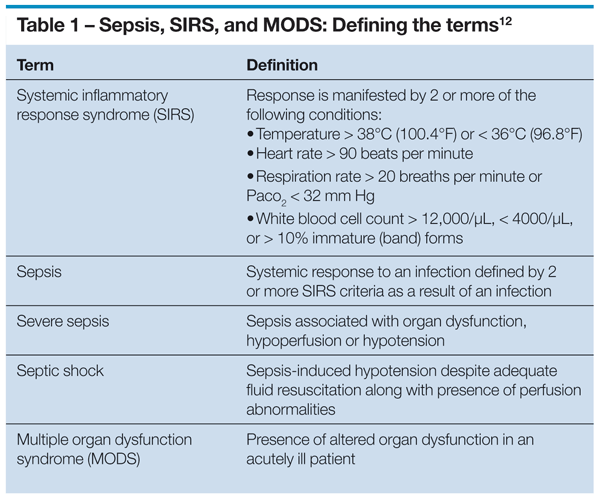 An abscess can occur both independently, most often as a result of a boil when the infection spreads deep into the tissues, and as a complication of another disease (pneumonia, trauma, etc.). In a patient with this disease, body temperature rises to 38C, chills occur, locally the area of the abscess is convex, with reddening of the skin, fluctuation over the abscess.Complication of an abscess: phlegmon (not delimited purulent-necrotic soft tissue disease), sepsis. If you suspect an abscess, you should immediately consult a surgeon. The treatment is complex: operative (opening, debridement, drainage of the purulent cavity with subsequent daily dressings), antibacterial therapy, physiotherapy.
An abscess can occur both independently, most often as a result of a boil when the infection spreads deep into the tissues, and as a complication of another disease (pneumonia, trauma, etc.). In a patient with this disease, body temperature rises to 38C, chills occur, locally the area of the abscess is convex, with reddening of the skin, fluctuation over the abscess.Complication of an abscess: phlegmon (not delimited purulent-necrotic soft tissue disease), sepsis. If you suspect an abscess, you should immediately consult a surgeon. The treatment is complex: operative (opening, debridement, drainage of the purulent cavity with subsequent daily dressings), antibacterial therapy, physiotherapy.
Publications in mass media
Sepsis is a symptom complex due to the constant or periodic entry into the blood of microorganisms from the focus of purulent inflammation.The clinical picture is dominated by severe multiple organ disorders, while local inflammatory changes are weakly expressed.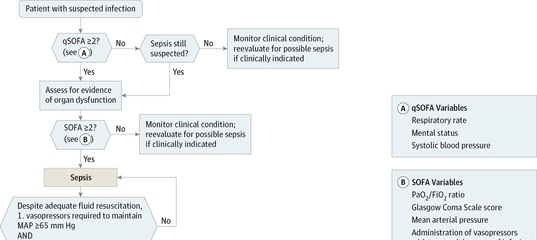 The formation of metastatic foci of purulent inflammation in various organs and tissues is characteristic.
The formation of metastatic foci of purulent inflammation in various organs and tissues is characteristic.
Classification • Epidemiological •• Nosocomial sepsis (postpartum, postoperative, postcatheterization, postinjection, after gynecological examinations, neonatal sepsis) •• Community-acquired sepsis (cryptogenic, tonsillogenic, intestinal, burn classification) • Clinical • Localization of the entrance gate of infection •• Duration ••• Fulminant sepsis – 1-3 days ••• Acute sepsis – up to 6 weeks ••• Subacute or protracted sepsis – more than 6 weeks ••• Chronic sepsis (typical for patients with immunodeficiency states , especially with AIDS) – more than 6 months •• Clinical form ••• Septicemia – a form of sepsis, not accompanied by the formation of metastatic foci of purulent infection ••• Septicopyemia – a form of sepsis characterized by the formation of metastatic foci of infection (incl.including heart attacks) ••• Septic (bacterial) endocarditis. Note.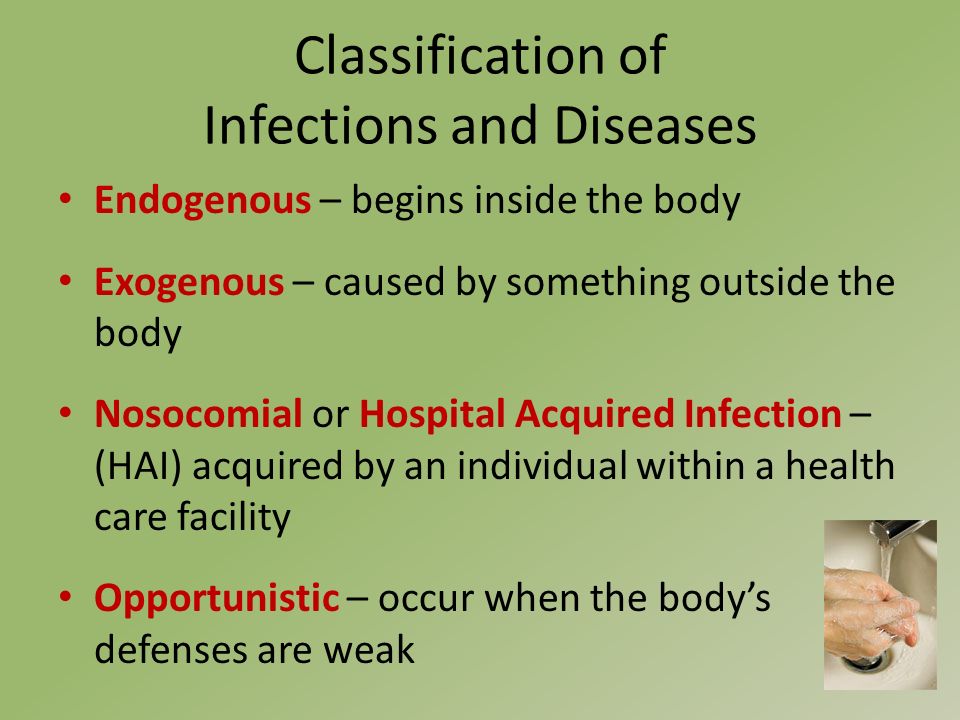 Septicemia can transform into septicopyemia, which gives grounds to consider these forms as stages of one process •• Leading clinical and pathophysiological syndromes ••• Thrombohemorrhagic syndrome (eg, DIC) ••• Septic (infectious-toxic) shock ••• Toxic-dystrophic state.
Septicemia can transform into septicopyemia, which gives grounds to consider these forms as stages of one process •• Leading clinical and pathophysiological syndromes ••• Thrombohemorrhagic syndrome (eg, DIC) ••• Septic (infectious-toxic) shock ••• Toxic-dystrophic state.
Etiology and epidemiology • Opportunistic flora – staphylococcus, streptococcus, E. coli and Pseudomonas aeruginosa, Klebsiella, fungi of the genus Candida , less often protozoa, mixed infection • Patients with sepsis are usually not infectious • For some infectious diseases (salmonella; diseases caused by opportunistic gram-negative microflora; meningococcal infection) is characterized by the presence of so-called “septic forms” (symptoms of sepsis).However, the diagnosis of “sepsis” in these cases is not made, since from an epidemiological point of view, the patient is dangerous to others. In addition, the above diseases have, in contrast to sepsis, a specific morphological and clinical picture.
Pathogenesis • For the development of sepsis, it is necessary to penetrate the opportunistic pathogen through the entrance gate (more often injured skin or mucous membrane) with the development of a local reaction (primary affect), reactive lymphadenitis (lymphangitis), purulent thrombophlebitis with subsequent bacteremia and toxemia.Damage to the vascular wall over a large extent, phlebitis lead to the formation of infected microthrombi, causing abscesses and infarctions of internal organs • The clinical picture does not depend on the etiology, there are no morphological signs indicating the specifics of the process • Deep metabolic disorder due to severe intoxication, the predominance of catabolic processes (hypoalbuminemia , dysproteinemia, hyperglycemia, essential fatty acid deficiency, hypovitaminosis, metabolic acidosis).Severe dystrophic changes additionally worsen the functions of organs, which, even in the absence of clinically pronounced metastases in them, leads to systemic multiple organ failure characteristic of late irreversible stages of sepsis.
Clinical picture. The incubation period, the cyclical course characteristic of infectious diseases are absent. Pathognomonic signs do not exist • Intoxication syndrome •• Lethargy, anorexia, changes in psycho-emotional status to gross cerebral disorders (coma) •• Fever (temperature curve is most often of the wrong type).Suspicion of the presence of sepsis arises when the duration of fever is more than 5 days and the presence of unmotivated rises in body temperature to febrile values, followed by a drop to subfebrile •• Signs of dystrophy and malnutrition with the development of malnutrition and weight loss, decreased skin elasticity, soft tissue turgor • Gastrointestinal dysfunction , nausea, vomiting (including and due to intoxication) • Microcirculation disorders – pallor of the skin with an earthy tinge, hemorrhagic rash, shortness of breath, decreased urine output • Hepatolienal syndrome • Symptoms of organ and tissue damage, according to the localization of metastatic foci or entrance gates of infection.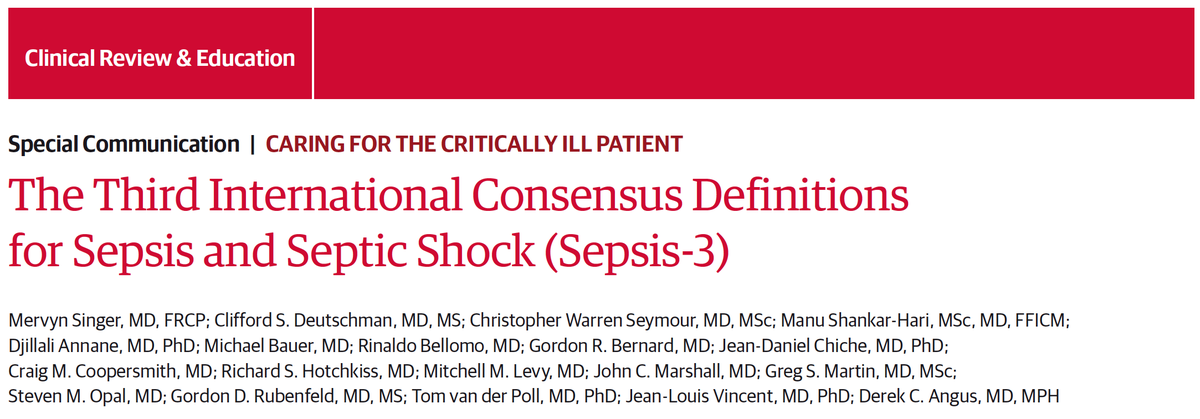
Laboratory signs • Leukocytosis or leukopenia (with the etiological role of gram-negative flora and AIDS), neutrophilia with a hyperregenerative shift to the left, progressive anemia, thrombocytopenia • Hypoproteinemia with dysproteinemia (decreased albumin / protein globulin ratio) • Phase changes , indicating the development of DIC • Leukocyturia, bacteriuria, cylindruria, erythrocyturia • Positive results of bacteriological examination of blood (detection of blood culture), feces, urine, cerebrospinal fluid.To obtain a positive result, a three-time blood sampling in a volume of 20-30 ml is required with an interval of 1 hour, if possible, prior to the start of antibiotic therapy.
Diagnostic criteria for clinical forms of sepsis • Septicopyemia – detection of one or more foci of metastatic inflammation with identification of the causative agent • Septicemia – signs of intoxication syndrome prevail with severe disorders of microcirculation and central hemodynamics, an extensive clinical picture of thrombohemorrhagic syndrome.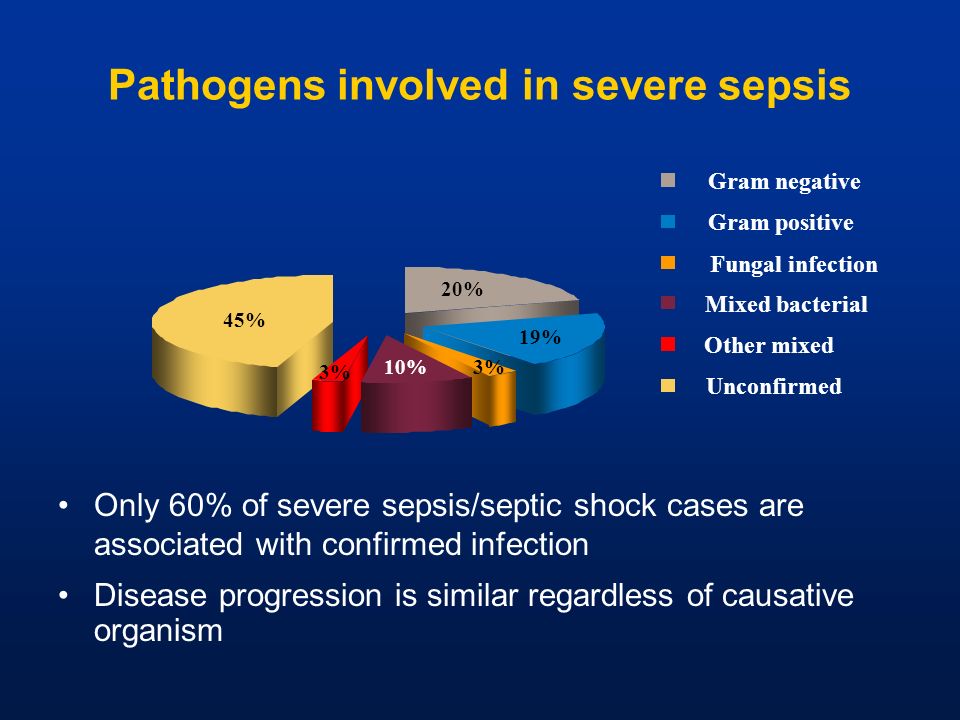 Septic (infectious toxic) shock is characteristic • Septic (bacterial) endocarditis (see Infectious endocarditis ). Features of the infectious process: the entrance gate is more often the mucous membrane of the pharynx, but the local focus (a source of constant entry of microorganisms into the systemic circulation) is the endocardium.
Septic (infectious toxic) shock is characteristic • Septic (bacterial) endocarditis (see Infectious endocarditis ). Features of the infectious process: the entrance gate is more often the mucous membrane of the pharynx, but the local focus (a source of constant entry of microorganisms into the systemic circulation) is the endocardium.
TREATMENT
Management tactics • Hospitalization • Etiotropic therapy. Before the results of bacteriological research are obtained, antibiotics are chosen empirically • Immunostimulating therapy • Detoxification therapy (its adequacy ultimately determines the prognosis), incl.h. according to indications extracorporeal detoxification: plasmapheresis, hemosorption, perfusion of blood through donor organs of animals (spleen, liver) • Symptomatic therapy • Treatment is of the nature of intensive therapy and additionally includes emergency correction of disorders of the functions of vital organs (infectious-toxic shock with septicemia, decompensated heart failure with bacterial endocarditis) • The severity of the local inflammatory process of any localization does not correlate with the severity of sepsis.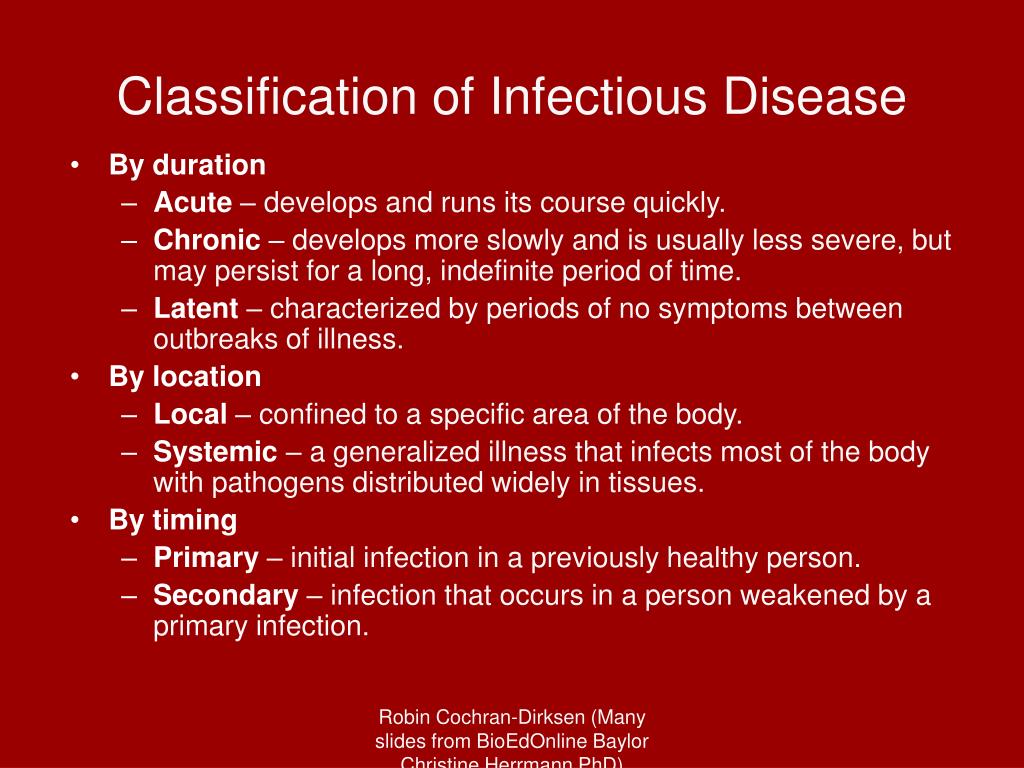 It should be borne in mind that a distant focus of purulent inflammation can be both a consequence of sepsis (metastasis) and its cause, which is important in determining the treatment tactics.
It should be borne in mind that a distant focus of purulent inflammation can be both a consequence of sepsis (metastasis) and its cause, which is important in determining the treatment tactics.
Drug therapy
• Etiotropic therapy •• Until the results of bacteriological research are obtained, especially with unclear etiology, the most effective combination of gentamicin or tobramycin 3-5 mg / kg / day IV and an antibiotic from the group of cephalosporins or imipenem + cilastatin 500 mg IV every 6 h •• Antibiotics are prescribed at the maximum dosage, IV, for at least 2 weeks (despite the normalization of body temperature) •• The criteria for effectiveness are an obvious positive dynamics of the general condition and laboratory parameters.
• Immunostimulating drugs •• Normal human immunoglobulin for intravenous administration, normal human immunoglobulin (IgG + IgA + IgM) for intravenous administration •• IFN preparations.
• Detoxification therapy – intravenous administration of large amounts of fluid in combination with diuretics, such as furosemide (forced diuresis method) •• The amount of fluid injected should not exceed the volume of urine excreted (in the absence of signs of dehydration in the patient) •• Central hemodynamic parameters (blood pressure) should be monitored , CVP) and the content of electrolytes in serum and urine •• Additional vasodilators should be administered.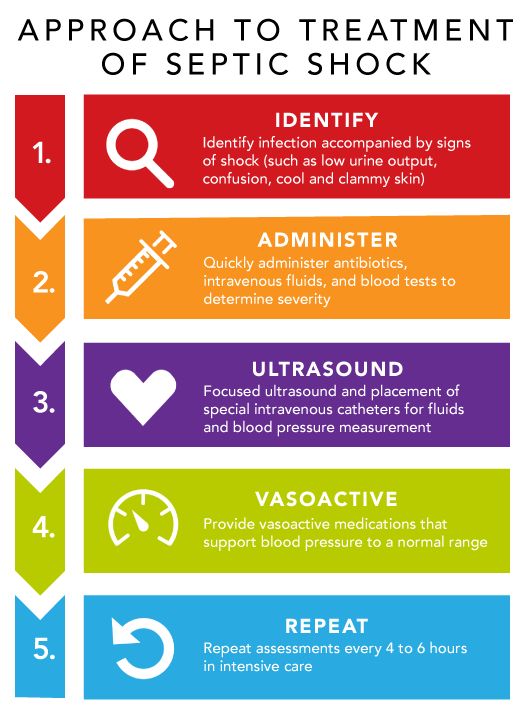
• Symptomatic therapy •• For anemia and thrombocytopenia – transfusion of blood, erythrocyte and platelet masses •• Anti-inflammatory therapy: NSAIDs and GC (the immunosuppressive effect of GC should be taken into account) •• Rehydration and parenteral nutrition in severe gastrointestinal dysfunction and severe nutritional disorders • heart failure and arrhythmias •• Anti-shock measures for infectious-toxic shock (septicemia): GC, adrenomimetics, plasma-substituting drugs, such as polyglucin.
Surgical treatment in the presence of a focus of purulent infection available for surgical intervention.
Synonym. General purulent infection
ICD-10 • O85 Postpartum sepsis • P36 Bacterial sepsis of the newborn • T80.2 Infections associated with infusion, transfusion and therapeutic injection
90,000 Yersiniosis: symptoms, treatment and prevention. Help
The source of infections in nature is small rodents, as well as cows and small ruminants, which are acutely ill or excrete the pathogen.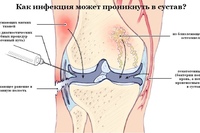
The main route of transmission is through food. At a temperature of +4 – + 8 ° C, microbes are able to persist and multiply for a long time on various food products.
Yersiniosis is ill at any age, but more often children are 1-3 years old. The incubation period of the disease lasts from 1 to 6 days. Yersiniosis begins acutely. Chills, headache, malaise, weakness, pain in muscles and joints, insomnia, sore throat, loss of appetite appear. Body temperature sometimes rises to 38-40 ° C.Signs of gastrointestinal tract damage (abdominal pain, nausea, vomiting, diarrhea) often come to the fore. During the course of the disease, new symptoms may appear, indicating damage to certain organs.
There are several clinical forms of yersiniosis: localized (gastroenterocolitic), in which mainly the gastrointestinal tract is affected, and generalized (icteric, exanthemic, arthralgic, septic) forms.
Gastroenterocolitic form occurs more often than others.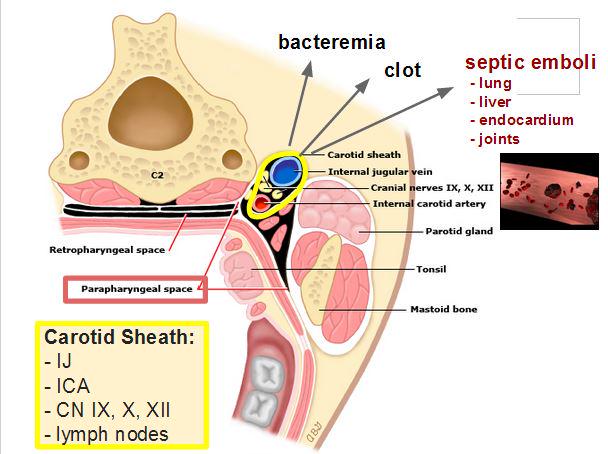 It accounts for about 70% of diseases. It begins acutely, the body temperature rises to 38-39 ° C. Headache, malaise, insomnia, anorexia, chills appear. Simultaneously with the intoxication syndrome, abdominal pain, diarrhea, and sometimes vomiting occur. The stool is liquid with a pungent unpleasant odor, occasionally mixed with mucus and blood. Stool frequency varies from 2 to 15 times per day. A severe course is rare. More often, the body temperature is subfebrile or normal, the syndrome of general intoxication is weak, stool 2-3 times per day, abdominal pain is insignificant.Such patients are actively detected in group diseases. This form can occur in the form of enteritis, enterocolitis and gastroenterocolitis. The duration of this form of yersiniosis is from 2 days to 2 weeks.
It accounts for about 70% of diseases. It begins acutely, the body temperature rises to 38-39 ° C. Headache, malaise, insomnia, anorexia, chills appear. Simultaneously with the intoxication syndrome, abdominal pain, diarrhea, and sometimes vomiting occur. The stool is liquid with a pungent unpleasant odor, occasionally mixed with mucus and blood. Stool frequency varies from 2 to 15 times per day. A severe course is rare. More often, the body temperature is subfebrile or normal, the syndrome of general intoxication is weak, stool 2-3 times per day, abdominal pain is insignificant.Such patients are actively detected in group diseases. This form can occur in the form of enteritis, enterocolitis and gastroenterocolitis. The duration of this form of yersiniosis is from 2 days to 2 weeks.
Icteric form develops either simultaneously with gastroenterocolitis, or 2-3 days after intestinal dysfunction. With this form, the symptoms of liver damage come to the fore, toxic hepatitis develops.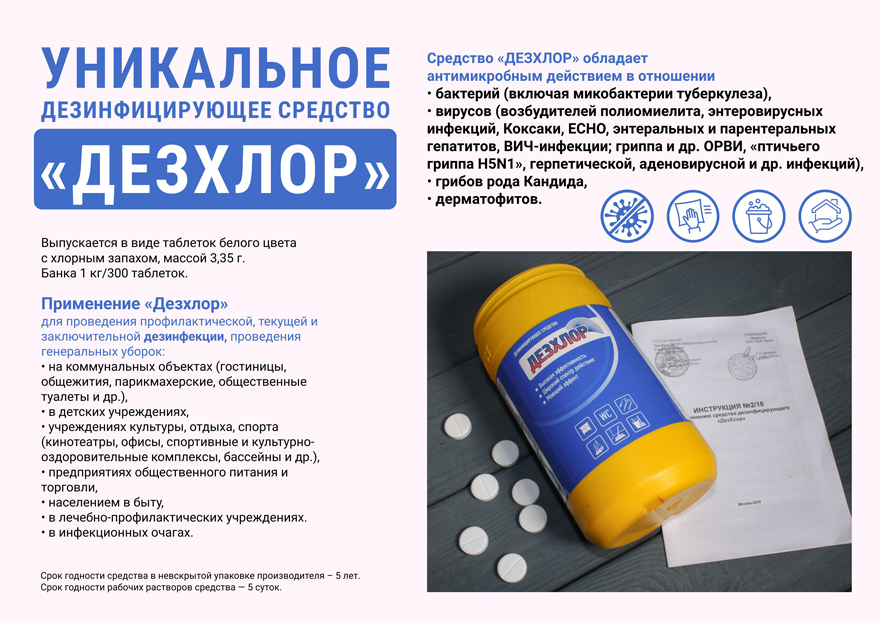 Complaints of heaviness and pain in the right hypochondrium, sometimes itching of the skin.Yellowness of the skin and sclera appears. The liver is enlarged, painful on palpation. Darkening of urine is noted, feces are discolored.
Complaints of heaviness and pain in the right hypochondrium, sometimes itching of the skin.Yellowness of the skin and sclera appears. The liver is enlarged, painful on palpation. Darkening of urine is noted, feces are discolored.
The exanthemic form of is characterized by intoxication syndrome and exanthema. The rash appears on the 1-6th day of illness. It can be punctate, small or large-spotted without itching of the skin. The rash usually disappears without a trace after 2-5 days, at the site of the former rash there is pityriasis peeling.
Arthralgic form proceeds with fever, intoxication and severe pain in the joints.The main complaint is joint pain. Arthralgias sometimes cause immobility and insomnia. The joints are not externally changed.
These forms are distinguished according to the dominant syndrome; they may have other symptoms characteristic of yersiniosis, but they are poorly expressed.
Septic form is rare. It is characterized by high fever, chills, enlarged liver, spleen, and damage to various organs. Endocarditis, pneumonia, nephritis with acute renal failure, meningitis, meningoencephalitis, hepatitis may develop.
Complications occur more often at 2-3 weeks. These include allergic exanthema (urticaria, erythema nodosum), Quincke’s edema, arthritis (mainly of large joints), myocarditis, urethritis, conjunctivitis, appendicitis.
Irsioniosis, in addition to the above symptoms, is diagnosed on the basis of bacteriological studies of blood, feces.
Treatment. In cases of mild course of yersiniosis in the absence of concomitant diseases, patients can be treated at home by an infectious disease doctor.For the treatment of yersiniosis, one of the antibiotics is used: tetracycline 0.5 g 4 times a day, chloramphenicol 0.5 g 4 times a day. In the septic form of yersiniosis, cephalosporins and fluoroquinolones are prescribed. The course of treatment for yersiniosis depends on the form and severity of the disease; with mild course – 5-7 days, with moderate and severe – up to 14 days.


